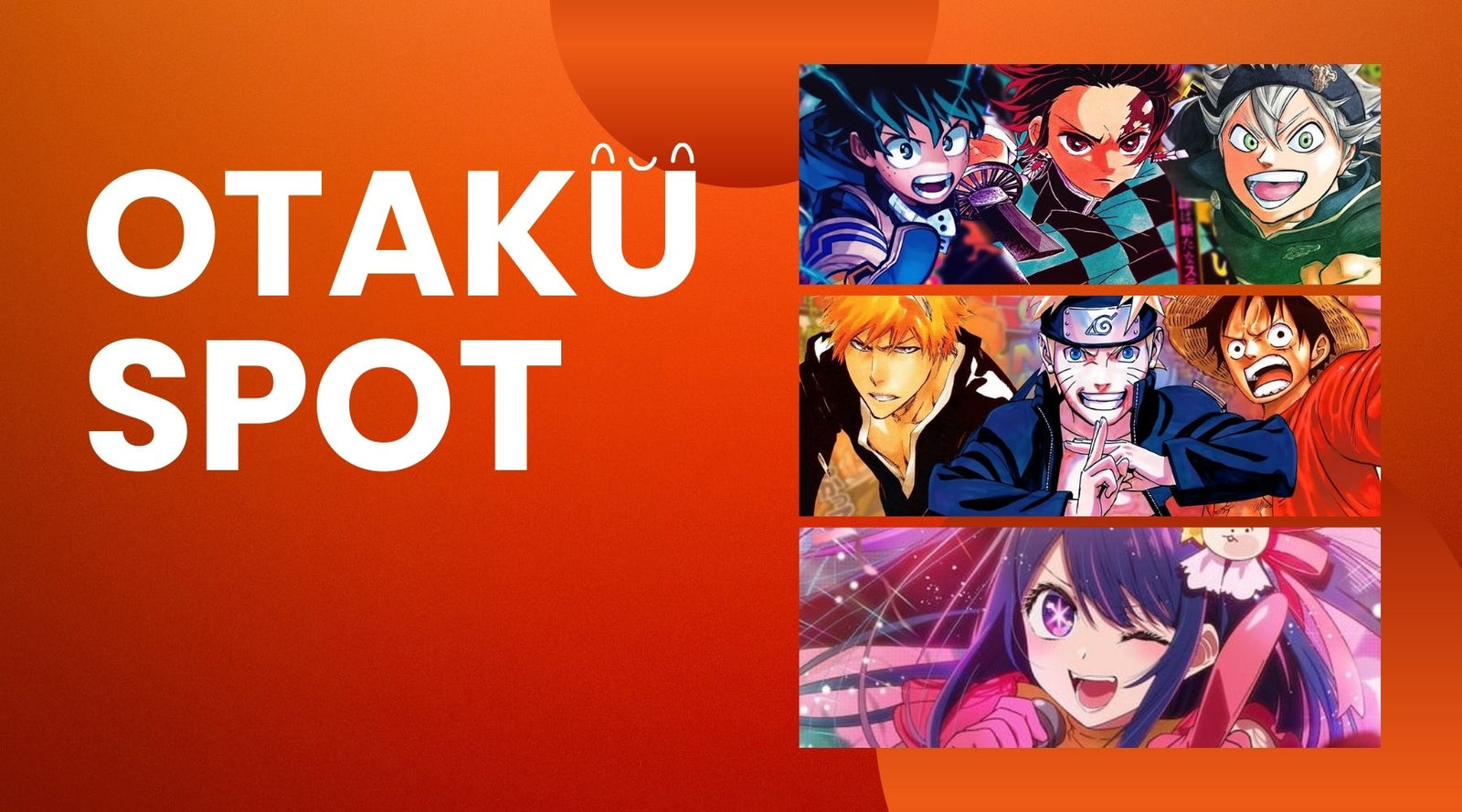
Introduction
Definition of Anime
Anime is hand-drawn and computer animation originating from Japan. The word anime is the Japanese term for animation. Outside of Japan, anime refers specifically to animation from Japan or as a Japanese-disseminated animation style often characterized by colorful graphics, vibrant characters, and fantastical themes.Anime has become popular worldwide. They are distributed via television broadcasts, directly to home media, and over the internet. Anime is aimed at all ages and demographic groups in Japan, from kids to adults. The diverse stories and characters of anime present complex real-life issues in fantastical ways. Anime explores universal themes about the human condition and serves as a lens into Japanese culture and values.
A quick take on the controversy surrounding anime
While anime covers a wide range of genres and topics loved by fans around the world, it has also garnered its fair share of controversy over the years. Critics have taken issue with certain anime series and films for containing violent, sexual, or otherwise objectionable content. Differences in cultural values and norms have also led to anime being perceived negatively in some regions. However, fans argue that the controversy stems from misunderstandings and that most anime is harmless entertainment. The debate continues between creators, distributors, consumers, and concerned groups on what is and isn't acceptable content. However, these controversies have done little to dampen the popularity of anime worldwide.Let's Dive into the Controversies
Anime Controversy #1: Fan Service in Anime Industry
One of the biggest anime controversies is the prevalence of fan service - content considered to be titillating or sexually provocative. This includes excessive nudity, panty shots, bouncing breasts, and suggestive poses. Many critics argue that the use of fan service over-sexualizes characters, contributes to negative gender
Debate and Opinions on Controversy #1
The topic of fan service in anime continues to fuel debate between critics and fans. Some believe it promotes the harmful sexualization of women and minors. Others see it as lighthearted fun or dismiss it as cultural differences. Both sides make valid points. There are anime with well-written characters that happen to include some fan service. But there are also exploitative anime that lean heavily on excessive fan service. A balanced perspective recognizes that context and execution matter. Overall, the anime industry still struggles to move past outdated tropes and treat characters with more nuance and respect.Anime Controversy #2: Extreme Violence
Another major anime controversy stems from the violence depicted in some series and films. Graphic violence including gore, bloodshed, torture, and sexual assault appears in various popular anime such as Attack on Titan, Elfen Lied, and Berserk. Critics argue that exposure to animated violence - especially at young
Debate and Opinions on Controversy #2
Anime violence elicits strong reactions from both critics and fans. Critics are right to point out that children viewing gory content can potentially cause issues. But context matters - fantasy violence in anime differs from real-world violence. Still, excessive gore for sheer shock value does exist in some anime. Ultimately, parental guidance plays a key role. Violence alone doesn't necessarily make an anime good or bad. Rather, violence used in thoughtful narratives that explore human nature can elevate the storytelling. There are reasonable arguments on both sides of this issue.Anime Controversy #3: Lolicon and Shotacon
Lolicon and shotacon anime feature underage characters in sexually suggestive situations and are considered highly controversial. Critics view them as problematic and normalizing the sexualization of minors. But supporters argue they fall under free speech and that no real people are harmed. Most agree thatDebate and Opinions on Controversy #3
There is significant debate on lolicon and shotacon anime featuring minors in sexual situations. Critics argue it can encourage the exploitation of real children. Fans counter that it harms no one since they're fictional drawings. There are merits to both viewpoints. These anime promote problematic tropes but don't necessarily cause direct harm. However, normalizing the sexualization of minors, even fictional ones, potentially influences how people perceive real children. There are good-faith arguments on both sides. But at the end of the day, real child abuse imagery should be banned while fictional interpretations fall into a controversial grey area.Anime Controversy #4: Intensity of Beserk
The anime adaptation of the manga Berserk is infamous for its dark fantasy, violence, and sexual assault scenes. Critics condemned the explicit and
Debate and Opinions on Controversy #4
Berserk is hugely divisive. Critics argue its gratuitous violence, assault, and rape scenes are needlessly graphic. But fans claim the dark imagery establishes the brutal nature of the world. There's merit to both perspectives. Berserk's explicit content is uniquely graphic even among violent anime. But the story is more complex than mere shock value. In the end, Berserk occupies an uncomfortable space - too graphic for some, but respected by fans who can overlook its visual intensity to appreciate the larger narrative.Anime Controversy #5: Whitewashing
The anime film Ghost in the Shell was accused of whitewashing when Scarlett Johansson was cast as the lead Motoko Kusanagi, who was Asian in the original manga and anime adaptation. Critics saw it as another example of white actors
Debate and Opinions on Controversy #5
Ghost in the Shell sparked debates about representation and whitewashing in Hollywood adaptations of manga/anime. Critics made fair accusations of whitewashing by casting a white actress in a canonically Japanese role. The filmmakers explained Motoko's cyborg body separated her race from her identity. But many saw that as an excuse for whitewashing. While adaptations don't have to precisely follow the source, major changes to a character's canon race for a big-name actor inevitably draw criticism. More thoughtful casting could have avoided this controversy.Anime Controversy #6: Dragon Ball Z
The popular shonen anime series Dragon Ball Z was criticized for its violence, mild profanity, and sexual innuendos. Concerned parents and critics argued it was inappropriate for young children. But fans of the anime dismissed these
Debate and Opinions on Controversy #6
Dragon Ball Z sparked debates between concerned parents and passionate fans. Critics argued the anime contained inappropriate content for young kids, including violence, mild swearing, and sexual jokes. Fans dismissed these concerns, seeing the show as harmless fun. There are good points on both sides - Dragon Ball Z has some content that makes it better suited for tweens and up versus young children. But the violence is stylized and fantastical. The cultural values gap between Japan and the West plays a role too. Still, parents are right to be cautious about age-appropriate media. Dragon Ball Z isn't wholly inappropriate but merits parental guidance for younger viewers.Anime Controversy #7: Dark Side of Pokemon
Pokémon has been controversial for its violence, religious imagery, and health impacts. Critics point to the Pokémon battles as glorifying animal violence, since Pokémon get injured during battles. There was also controversy over the
Debate and Opinions on Controversy #7
Pokémon has sparked several controversies that highlight cultural gaps and values differences. Concerns about the Pokémon battles glorifying animal violence don't consider the stylized, fantastical nature of Pokémon. The accusations over Kadabra's occult imagery were likely overblown. The health concerns, while justified at the time, led to changes that make Pokémon safer to watch today. Pokémon remains hugely popular worldwide among children. While some concerns have validity, they stem from cultural misunderstandings rather than any sinister agenda.Anime Controversy #8: Severity of Death Note
The popular anime series Death Note faced controversy over its violence, dark themes, and alleged promotion of teen rebellion. Critics argued it glorified
Debate and Opinions on Controversy #8
Death Note sparked heated debate for its moral ambiguity and dark themes. Critics argued it glorified vigilante murder and portrayed law enforcement negatively. Fans praised its nuanced exploration of morality and justice. Cultural context matters here - stories embracing moral complexity resonate differently in Japan versus the West. Death Note tells a thoughtful yet dark story of ends justifying means. Reasonable arguments exist on both sides. And ultimately, its moral ambiguity provokes discussion, which stories can do without condoning real unethical acts.Anime Controversy #9: Sexuality in High School Of The Dead
High School of the Dead received criticism for excessive fan service portraying underage female characters in revealing outfits and sexually suggestive situations. Supporters argue it empowers the female protagonists as zombie-hunting heroes. But most agree the pervasive fanservice undermines that
Debate and Opinions on Controversy #9
High School of the Dead highlights the debate on fanservice and the sexualization of minors in anime. The series has a cool premise of students battling zombies. But it undercuts its strong female leads by sexualizing them excessively. Critics are right to accuse it of peddling lolicon-esque fanservice that feels gratuitous rather than empowering. There are some defenses of its merits, but most agree the degree of sexualization was over-the-top and detracted from the action. Toning it down could have made the anime less controversial.Anime Controversy #10: Rudeus Predatory Behaviors
The popular isekai anime Mushoku Tensei faced backlash for its protagonist Rudeus being a perverted shut-in who is reincarnated in a fantasy world. Critics accused the series of glorifying pedophilia and sexual harassment due to
Debate and Opinions on Controversy #10
Mushoku Tensei sparked heated controversy regarding its treatment of sexual harassment and pedophilic behavior. Critics make fair accusations regarding the protagonist's actions and the sexualization of minors. The early parts of the anime are deeply problematic. However, fans counter that Rudeus faces growth and change over time. There is truth to both perspectives. The beginning casts Rudeus' behavior in an uncomfortably positive light. But he faces meaningful consequences that spur self-reflection. Mushoku Tensei inhabits a grey area - Rudeus' redemption arc contextualizes but cannot entirely excuse his early behavior. Reasonable viewers disagree on whether the story's themes overcome its objectionable elements. There are compelling points on both sides of the debate.Conclusion
Quick Recap of the Anime Controversies Discussed
In this blog post, we covered numerous controversies that have emerged around anime over the years, including:- Debates over fan service and sexualization of characters
- Concerns about violence, gore, and dark themes
- Objections to lolicon and shotacon content
- Accusations of whitewashing in adaptations like Ghost in the Shell
- Cultural clashes over moral ambiguity in Death Note
- Health scares like Pokémon's flashing images
- Perverted protagonist behavior in Mushoku Tensei
Final Thoughts on Anime Controversies
In examining some of the biggest anime controversies, there are a few key takeaways:- Context matters greatly in judging specific instances of violence, sexual content, and other mature themes.
- Cultural differences play a major role in how anime content is perceived in Japan versus the West.
- There are legitimate criticisms to be made on some issues like lolicon content and whitewashing.
- But fans also make reasonable defenses in many cases regarding themes, artistic merit, and cultural nuance.
- Overall, thoughtful analysis requires considering multiple perspectives on anime controversies.
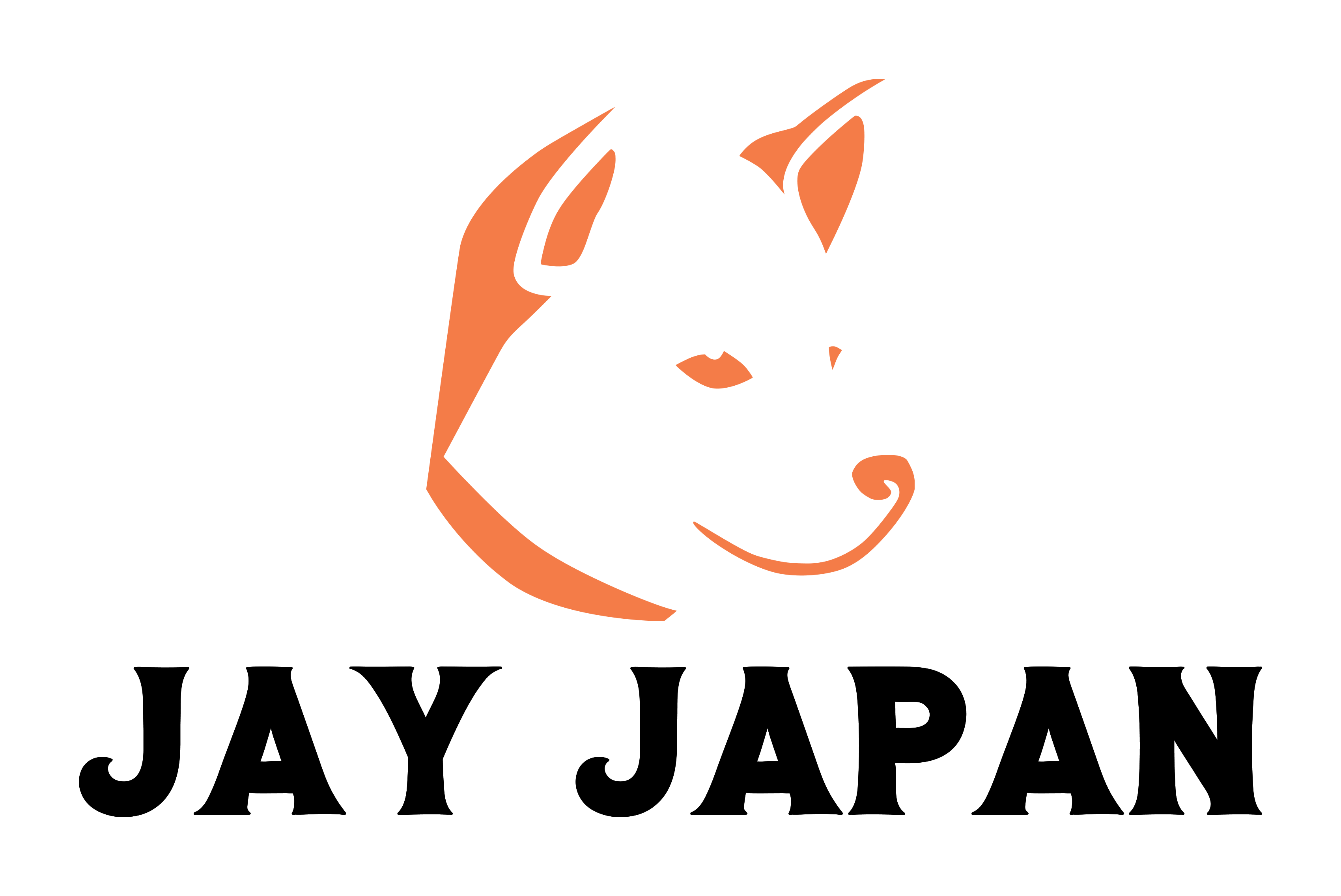



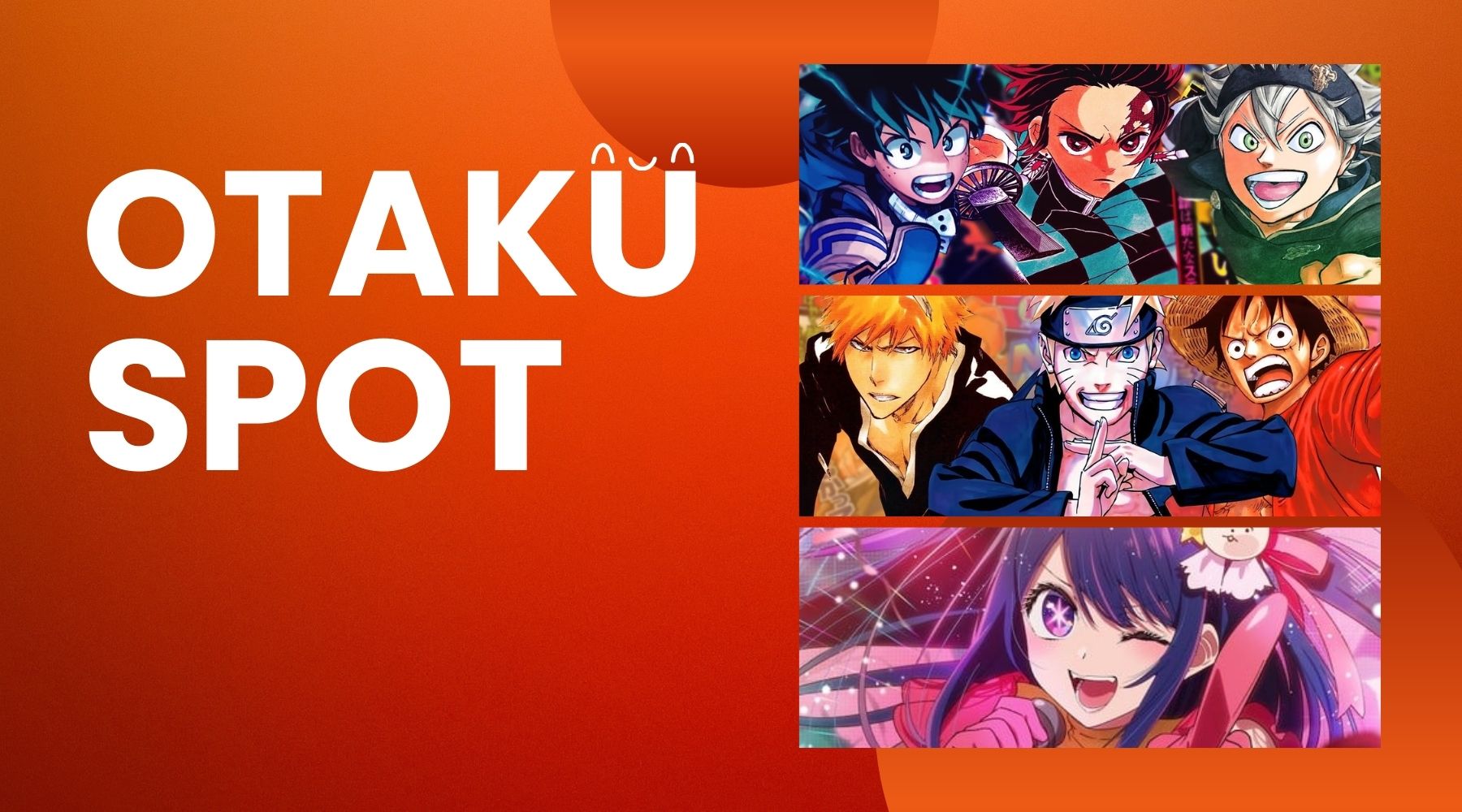
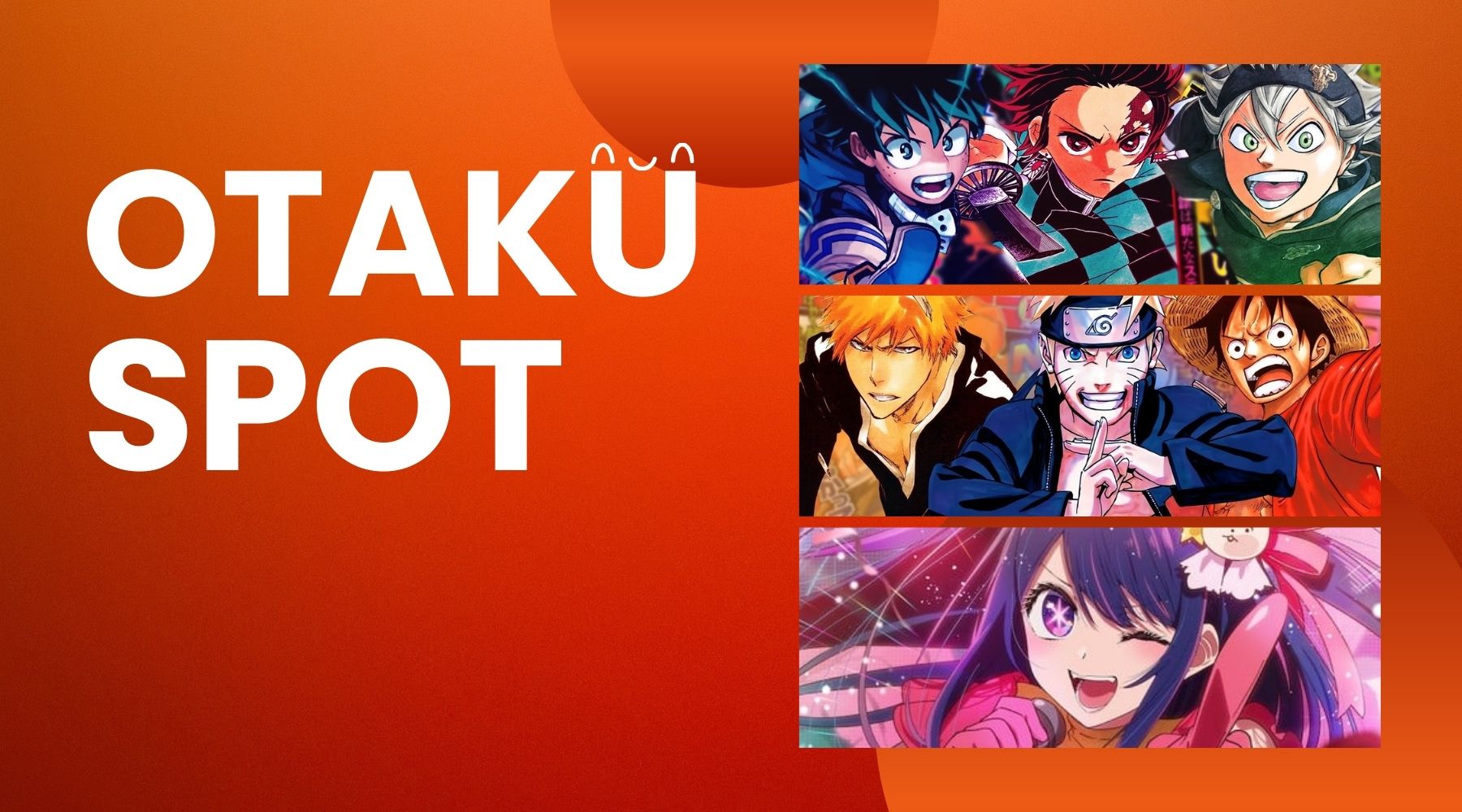
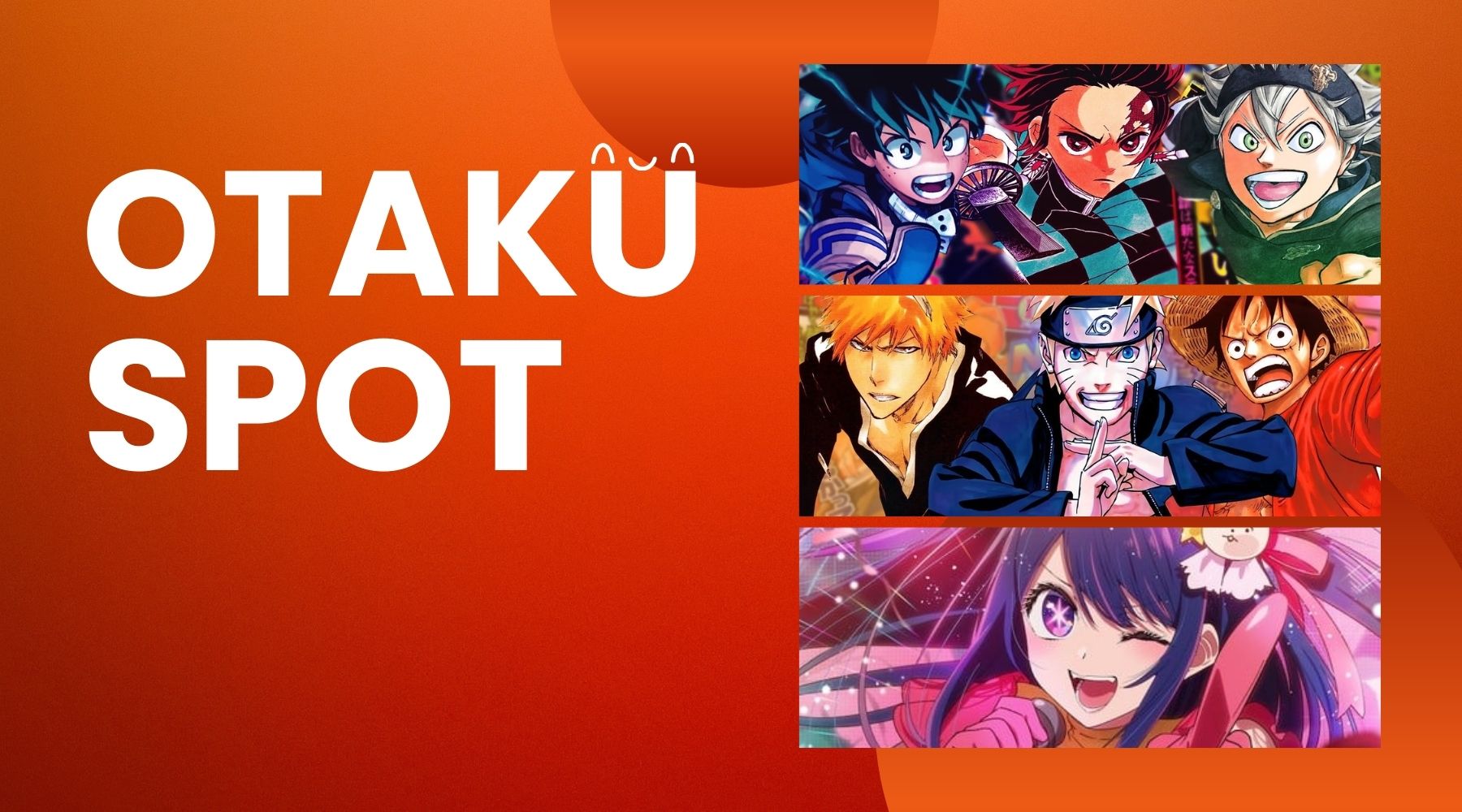
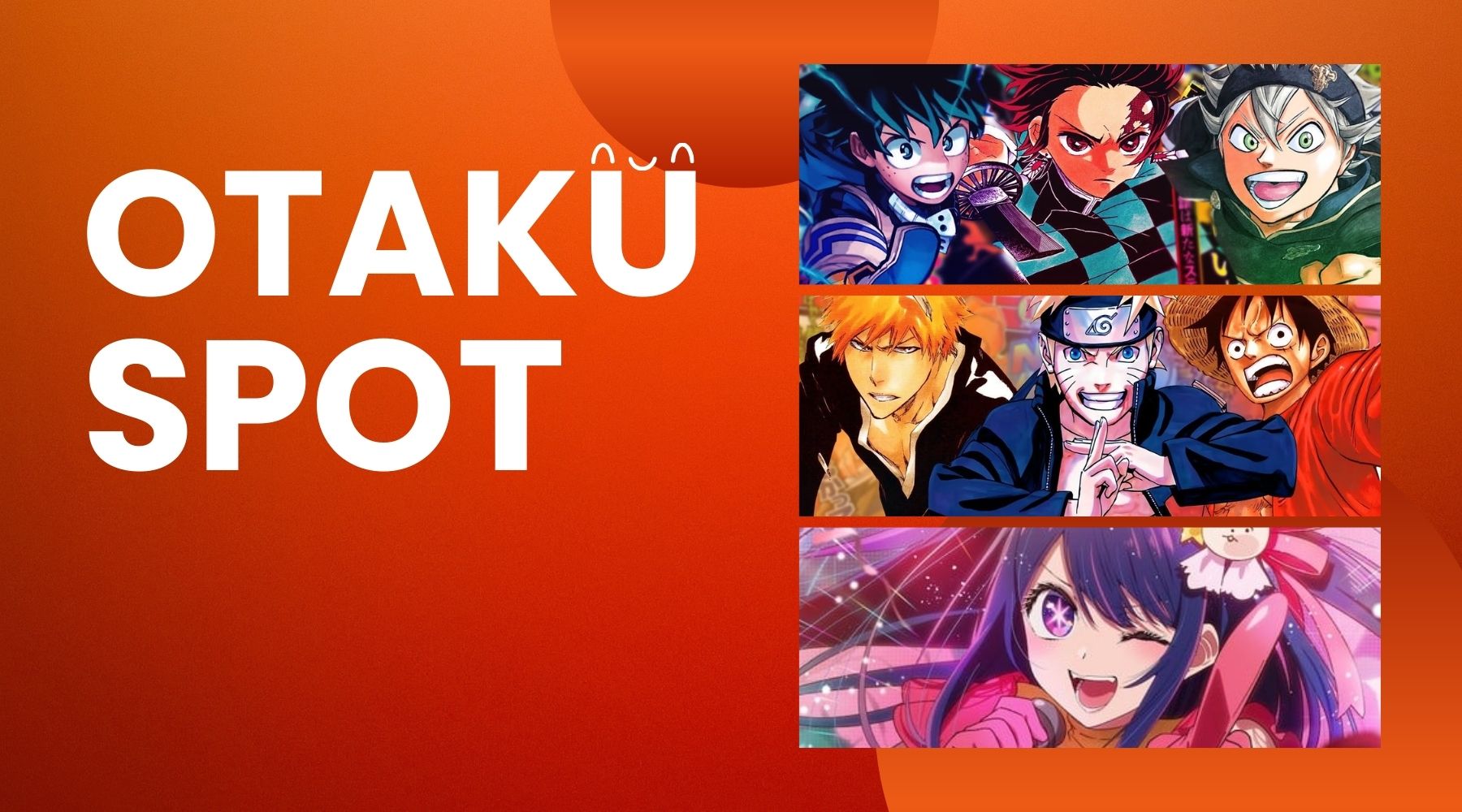
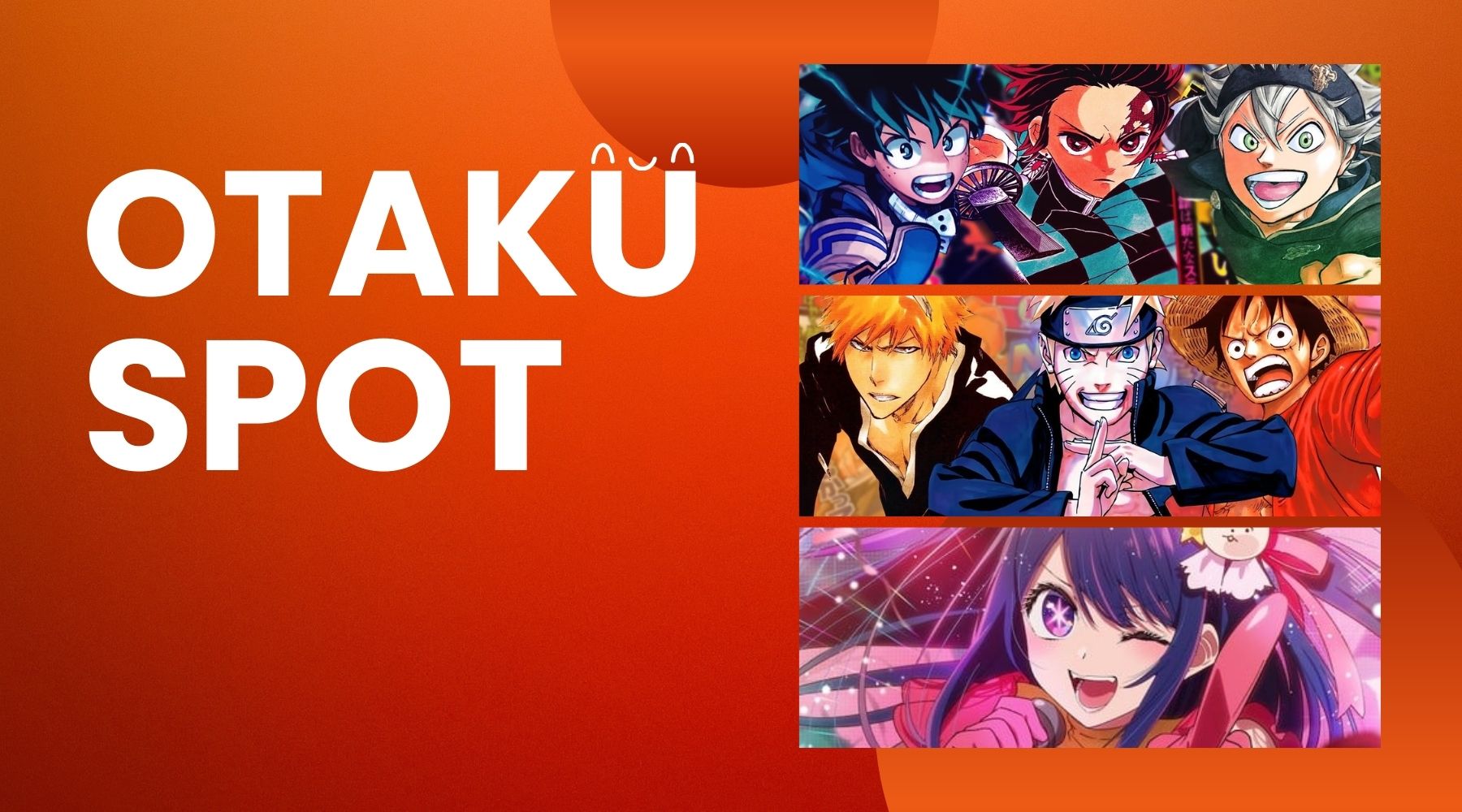
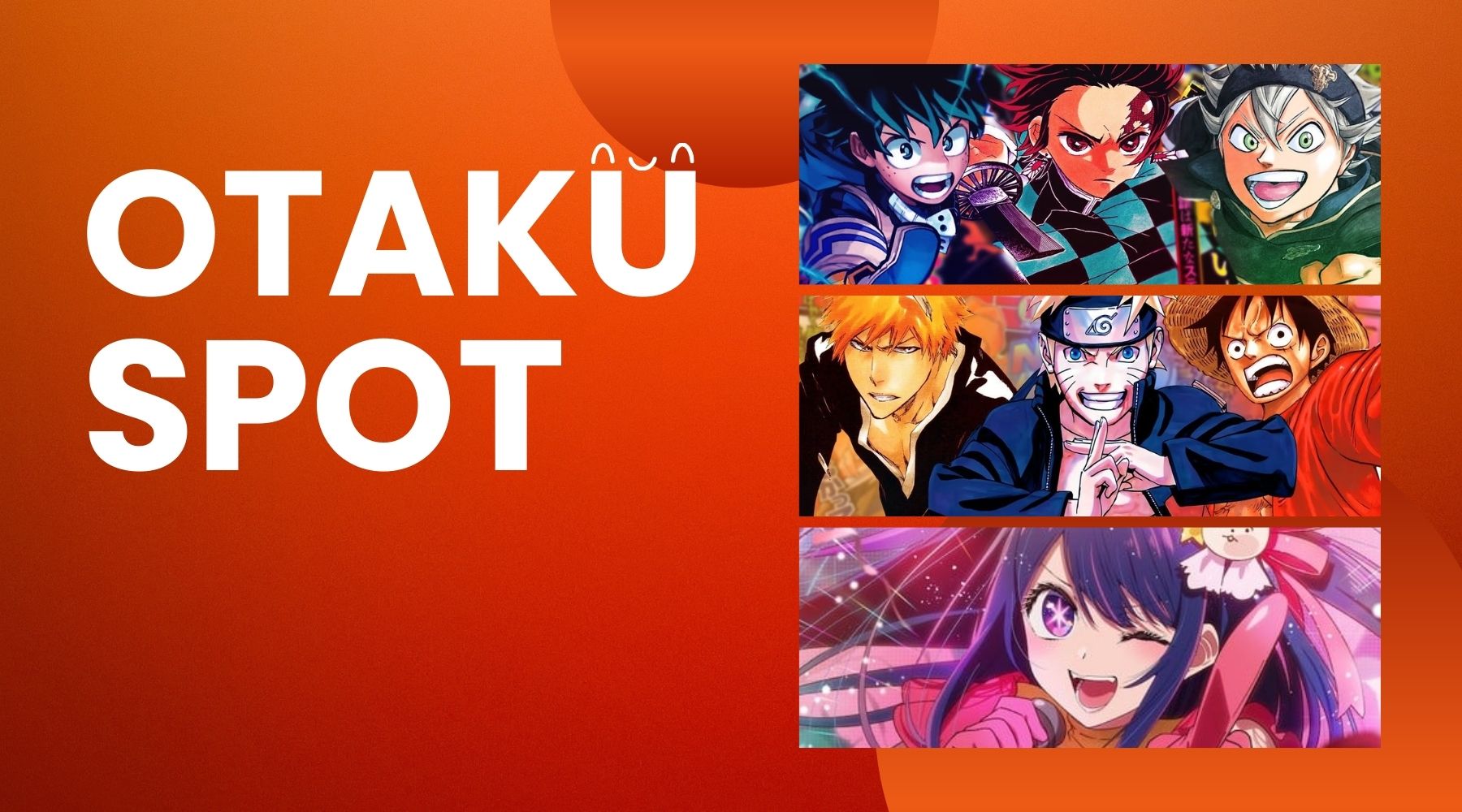




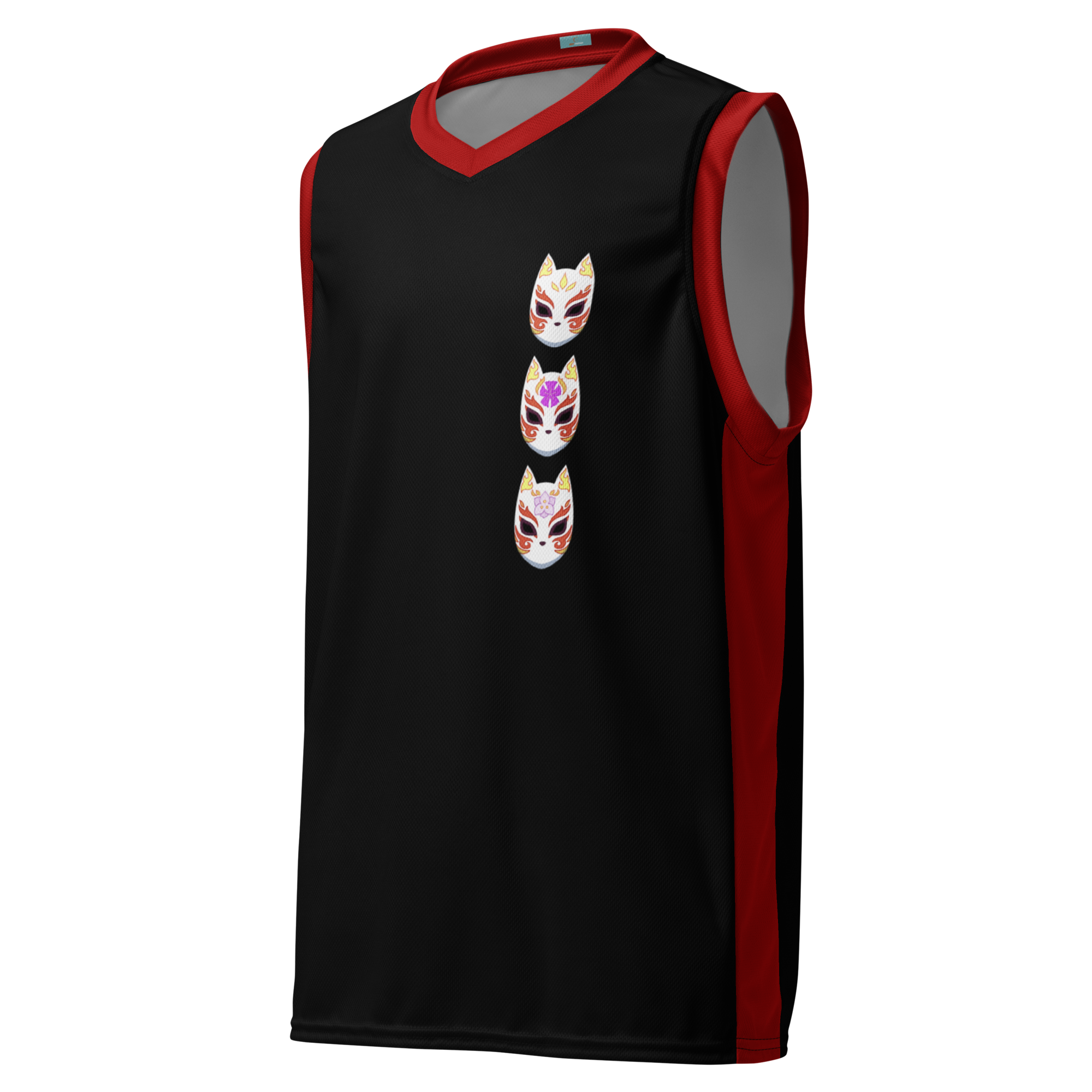
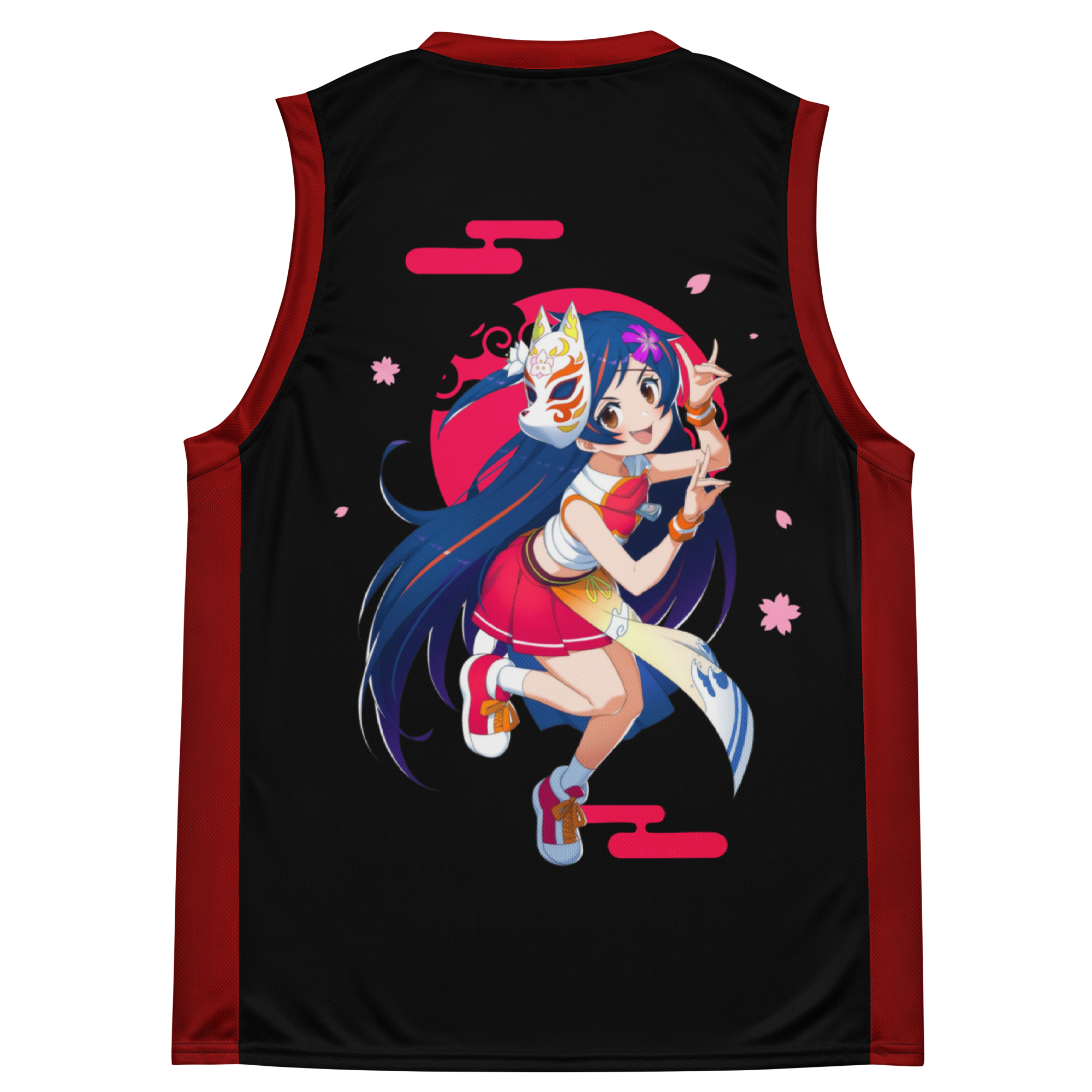
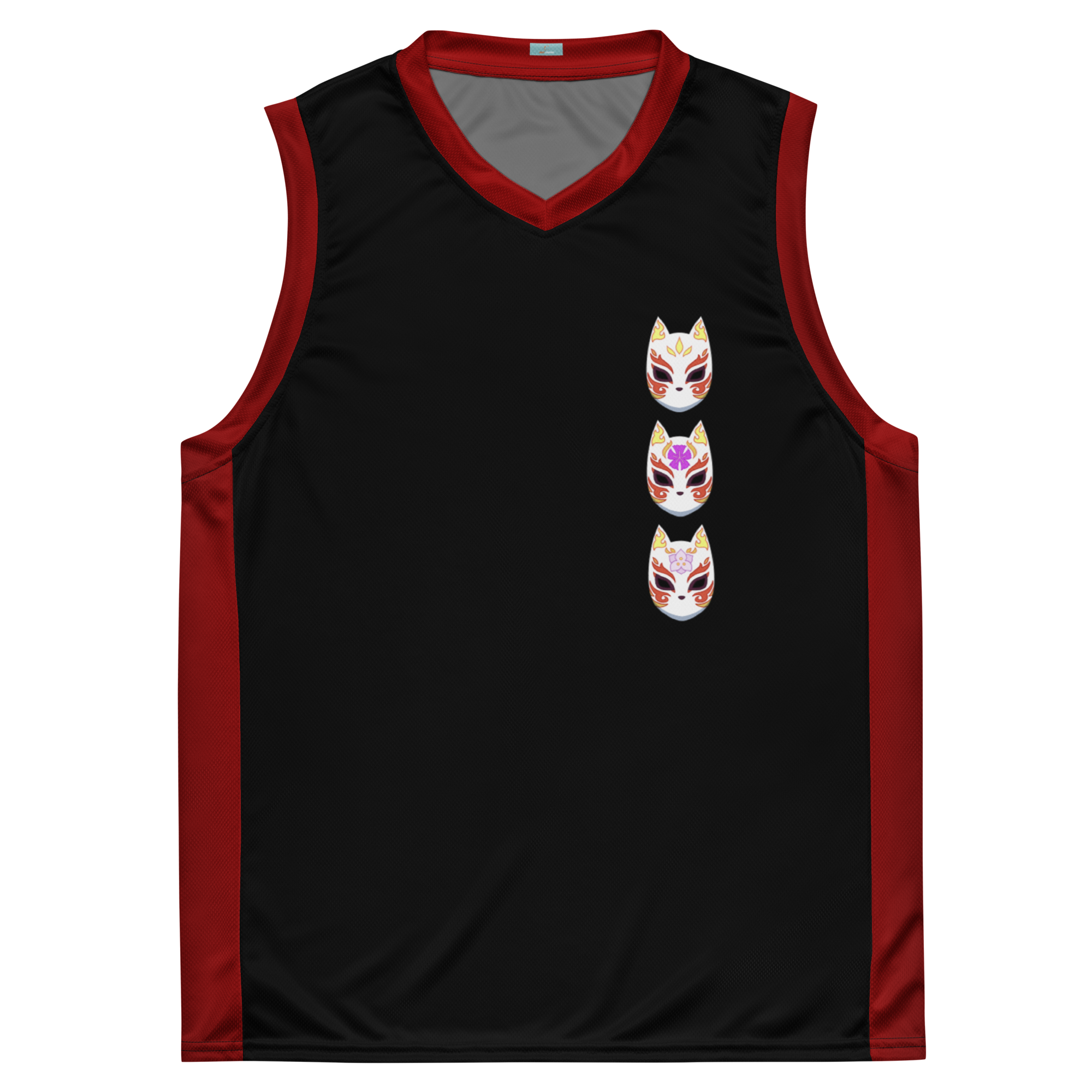
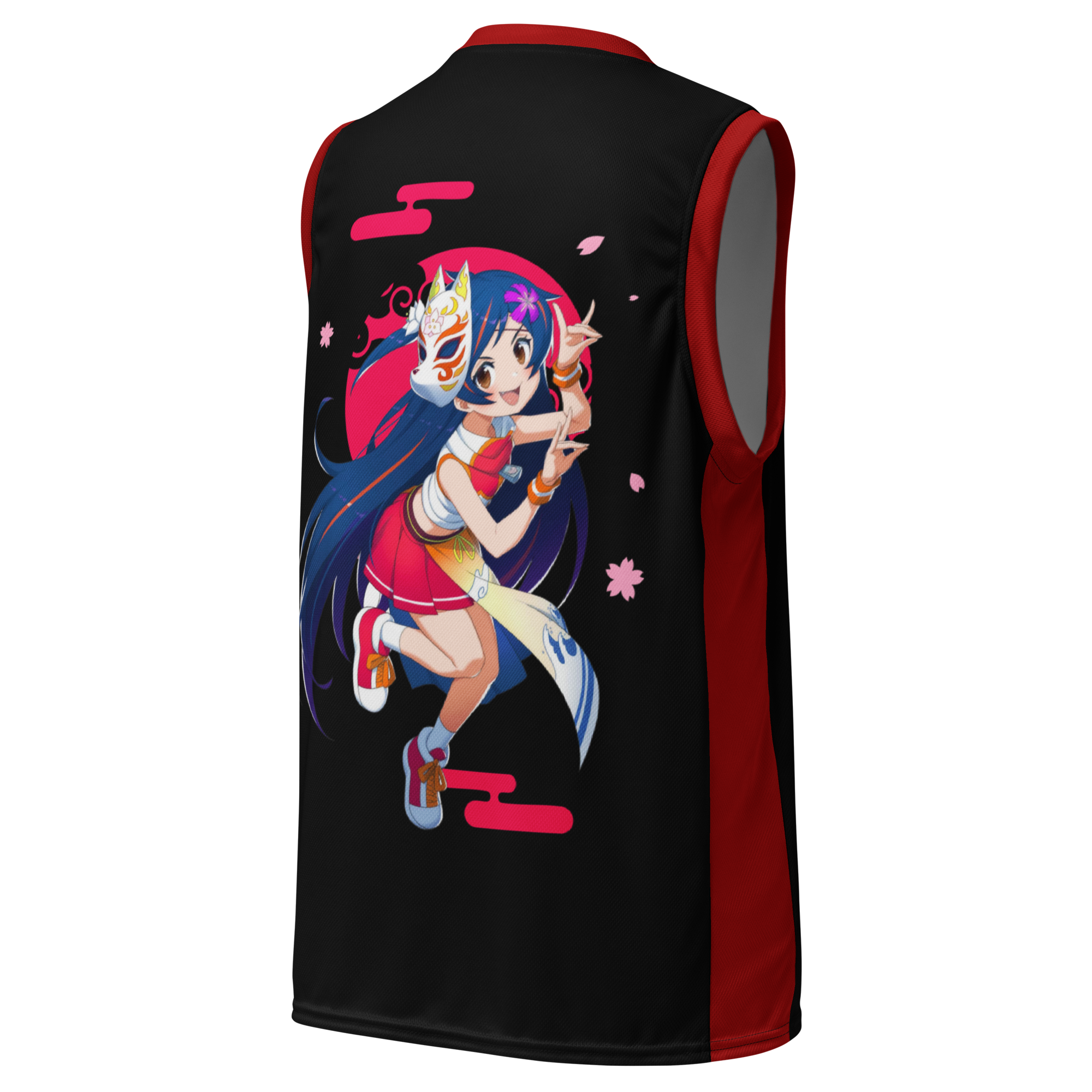
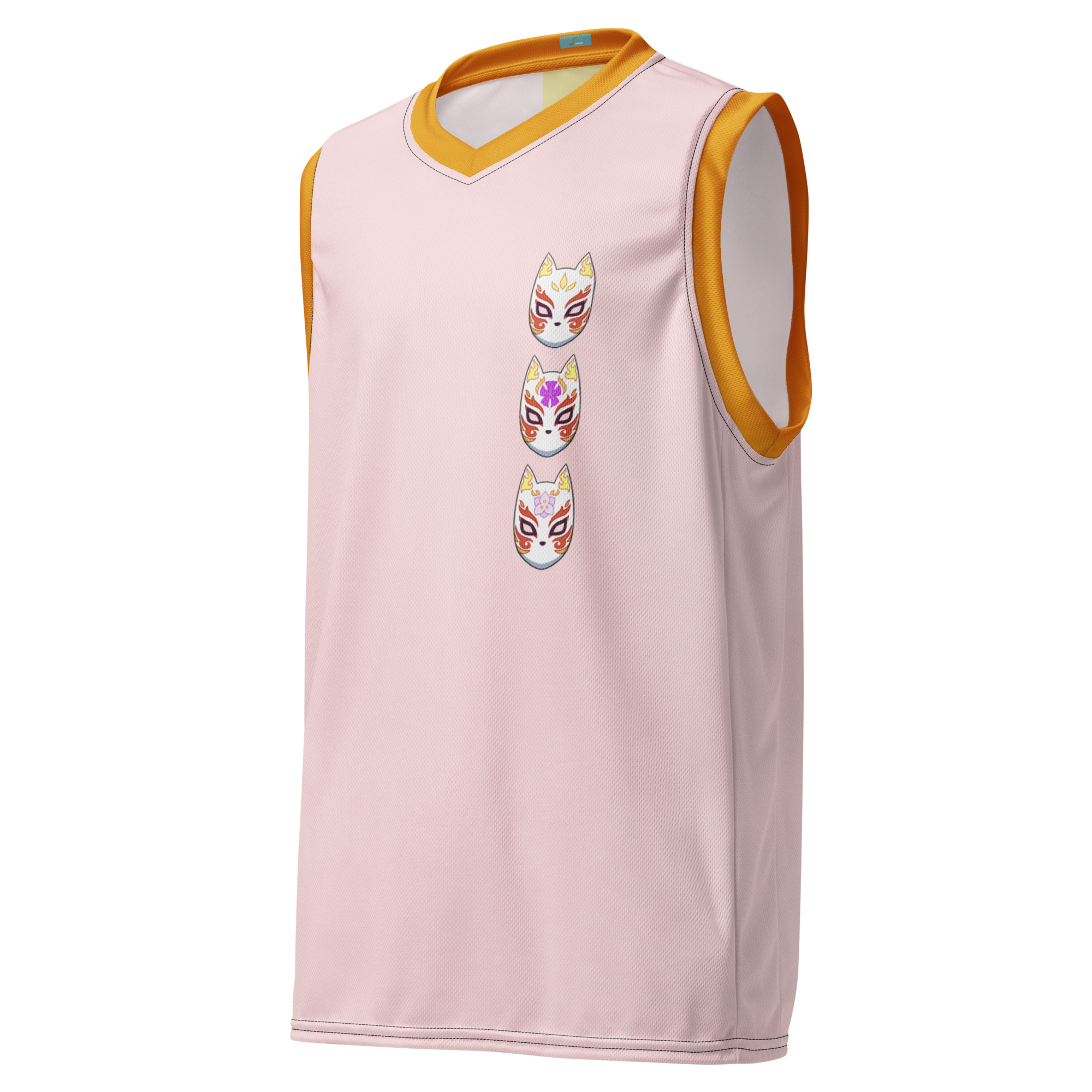
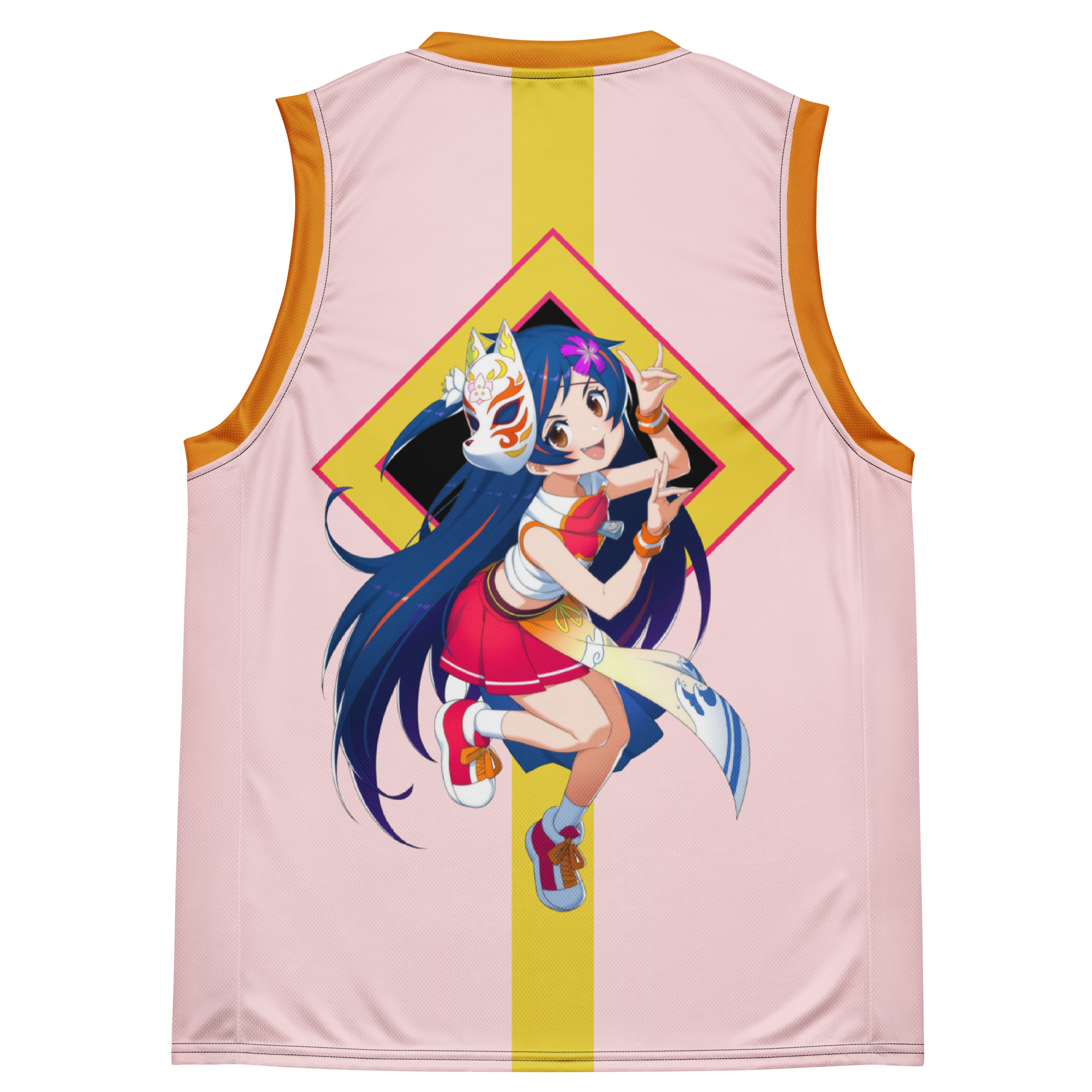
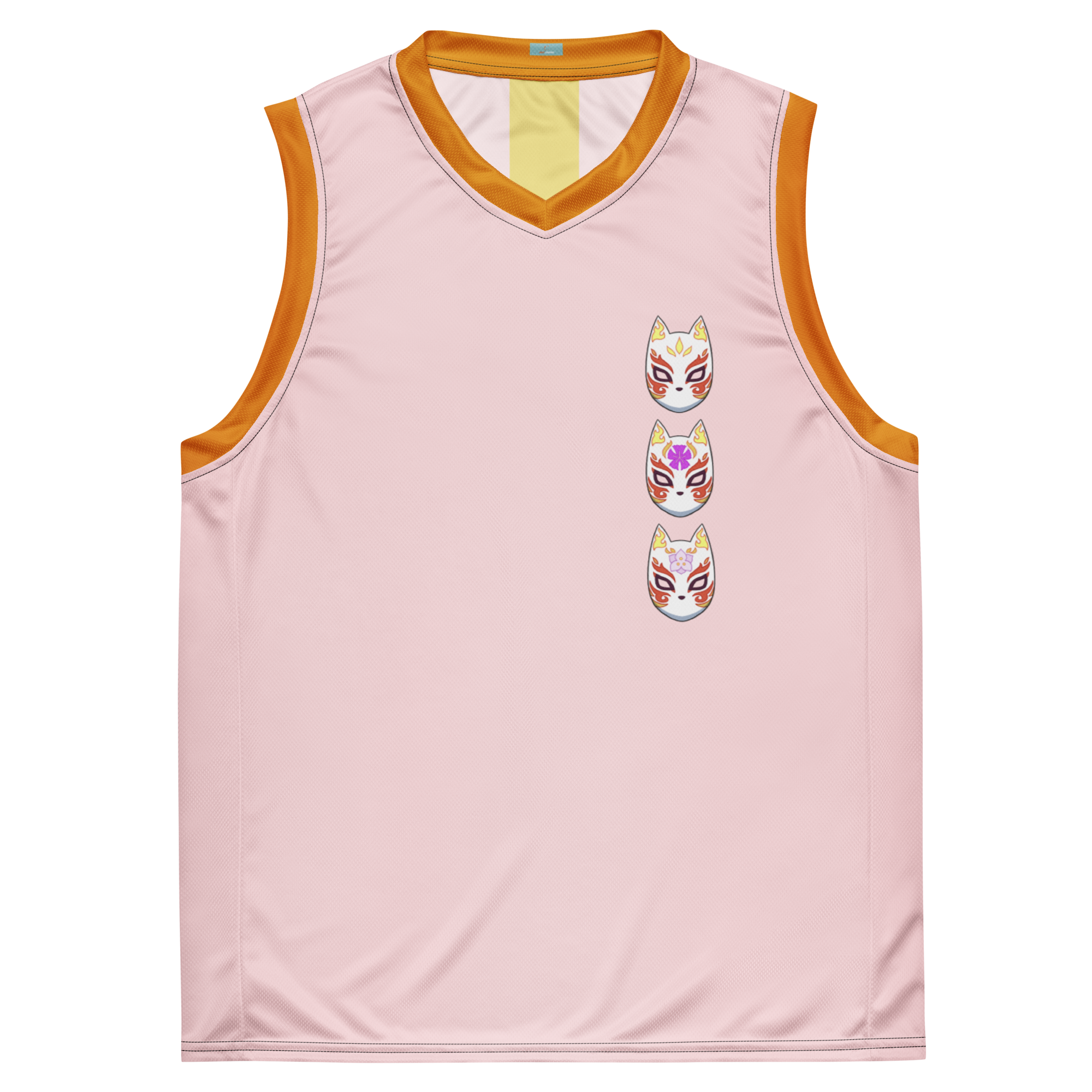
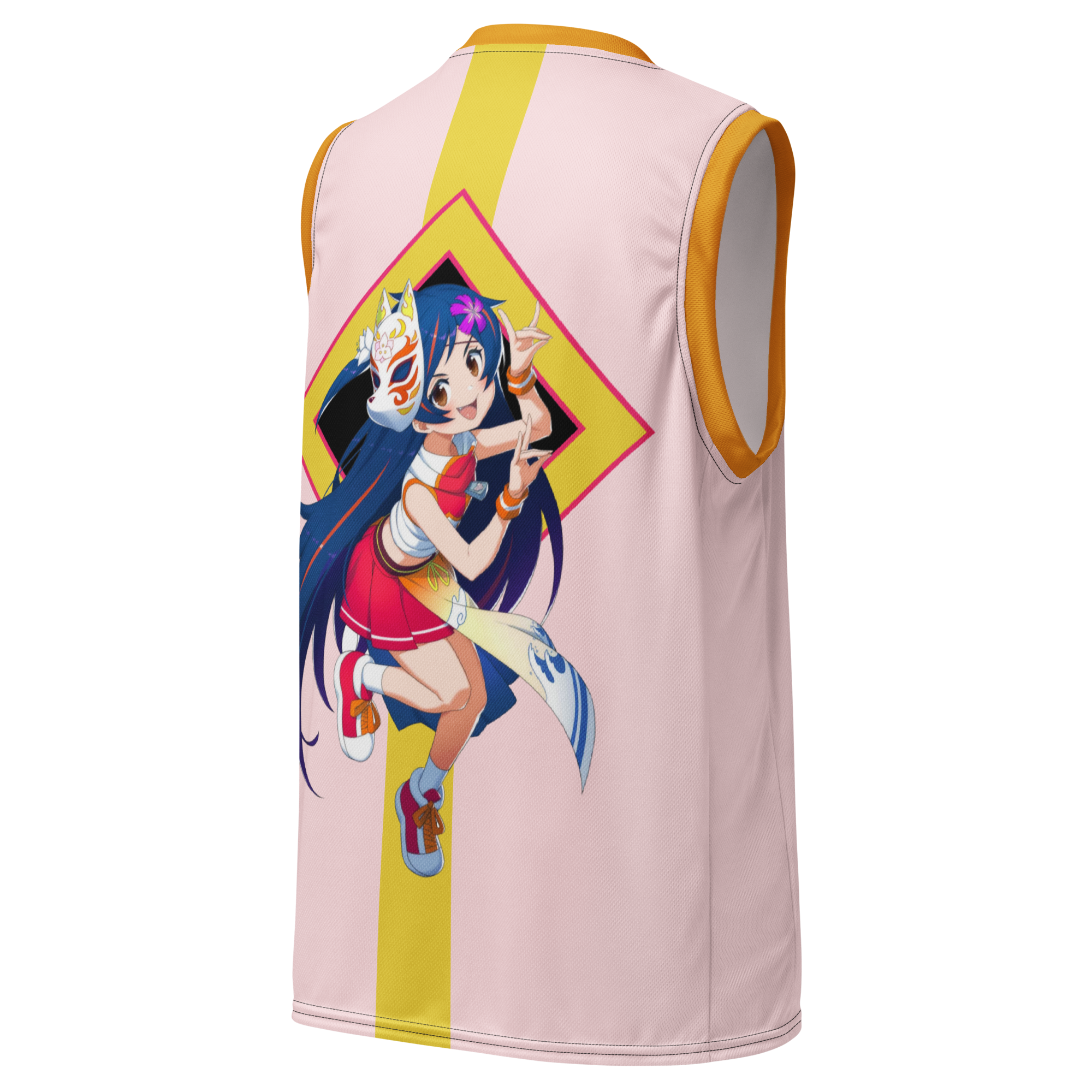
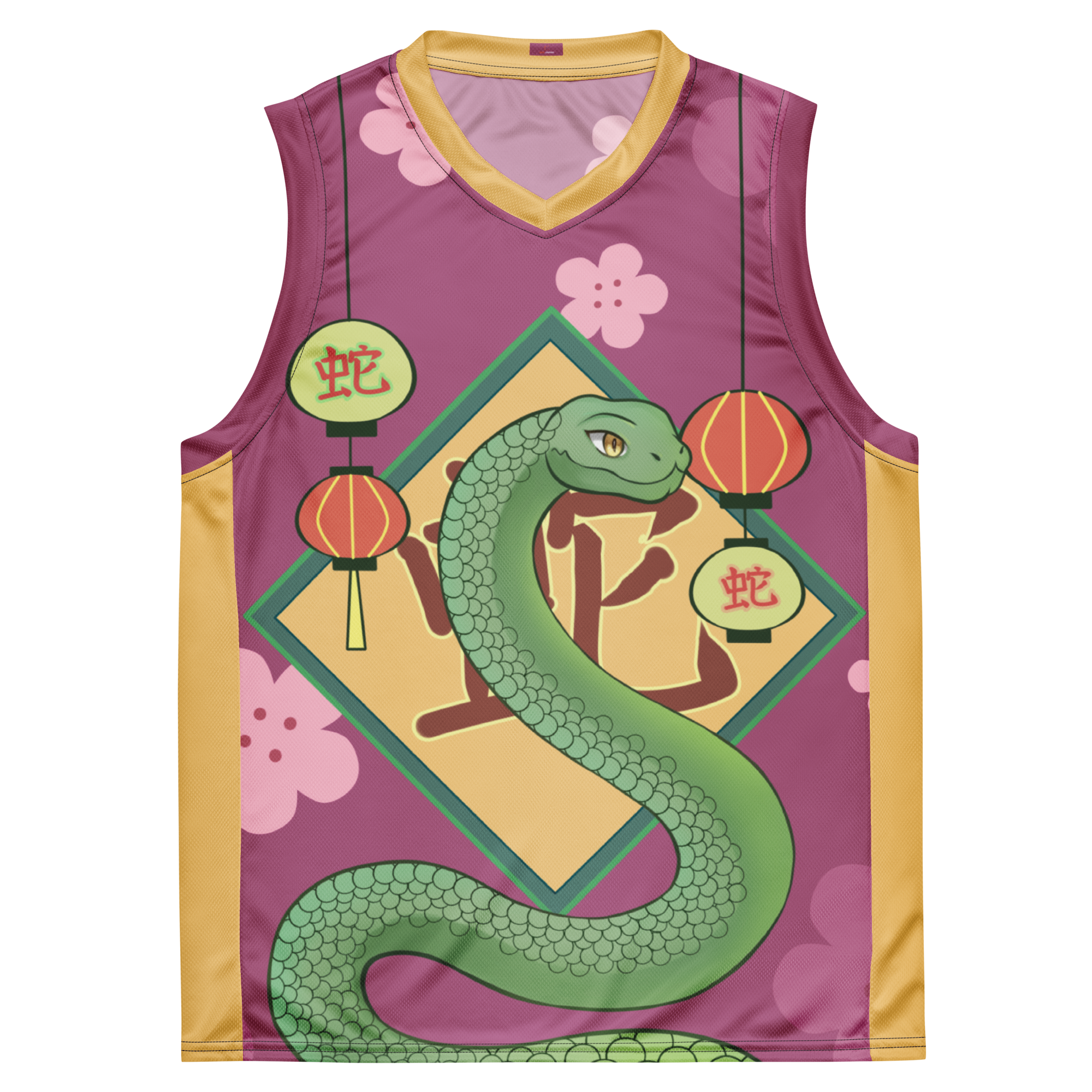
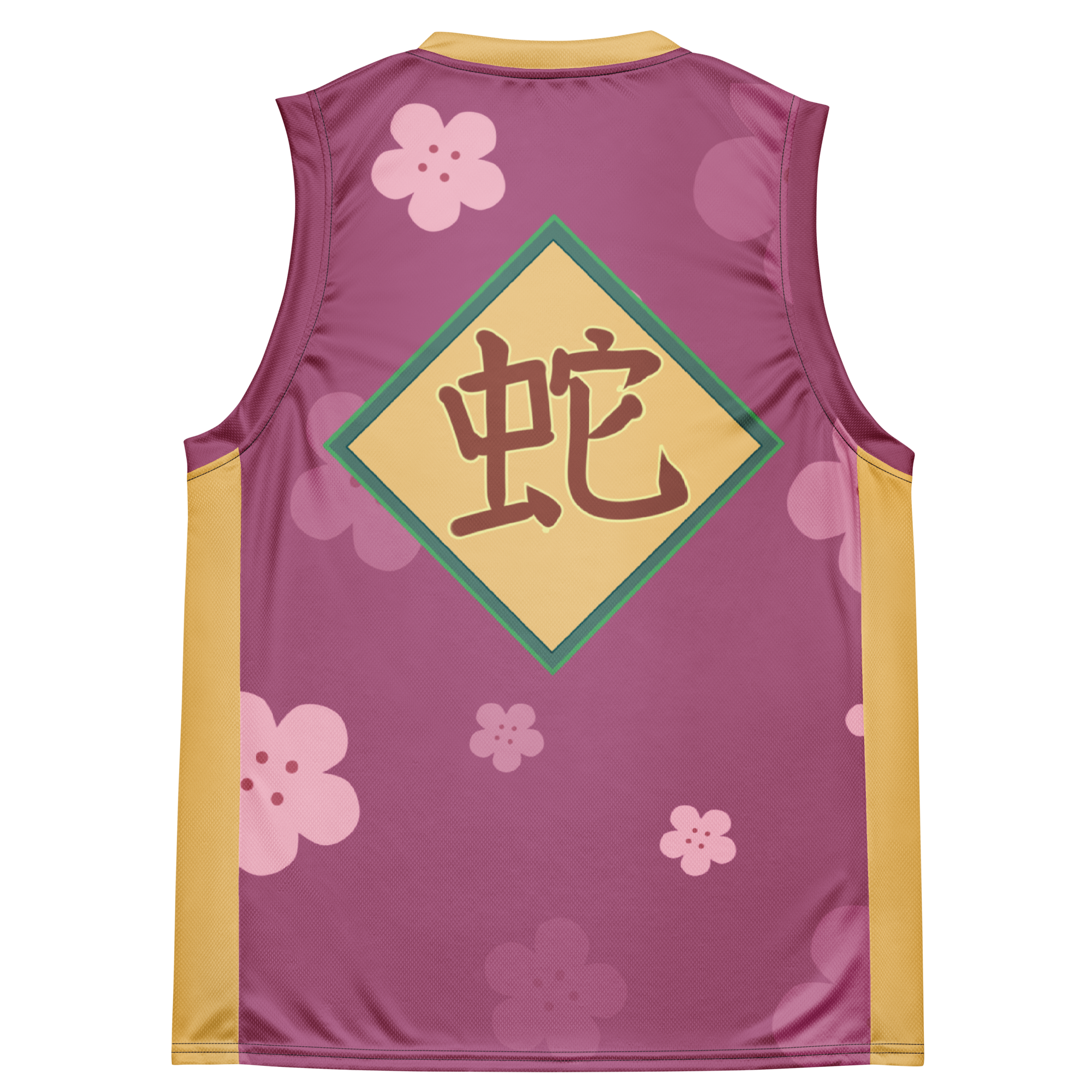
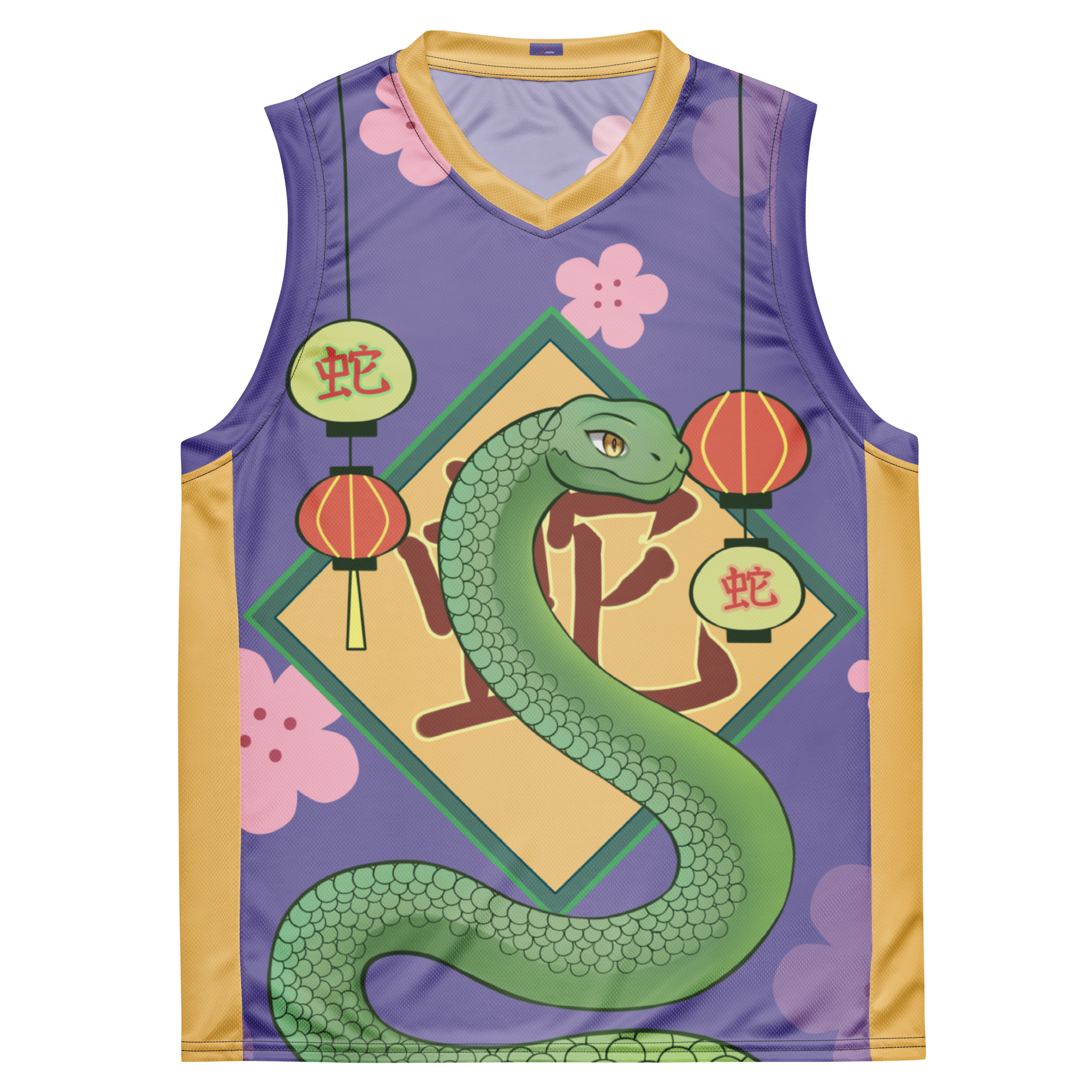
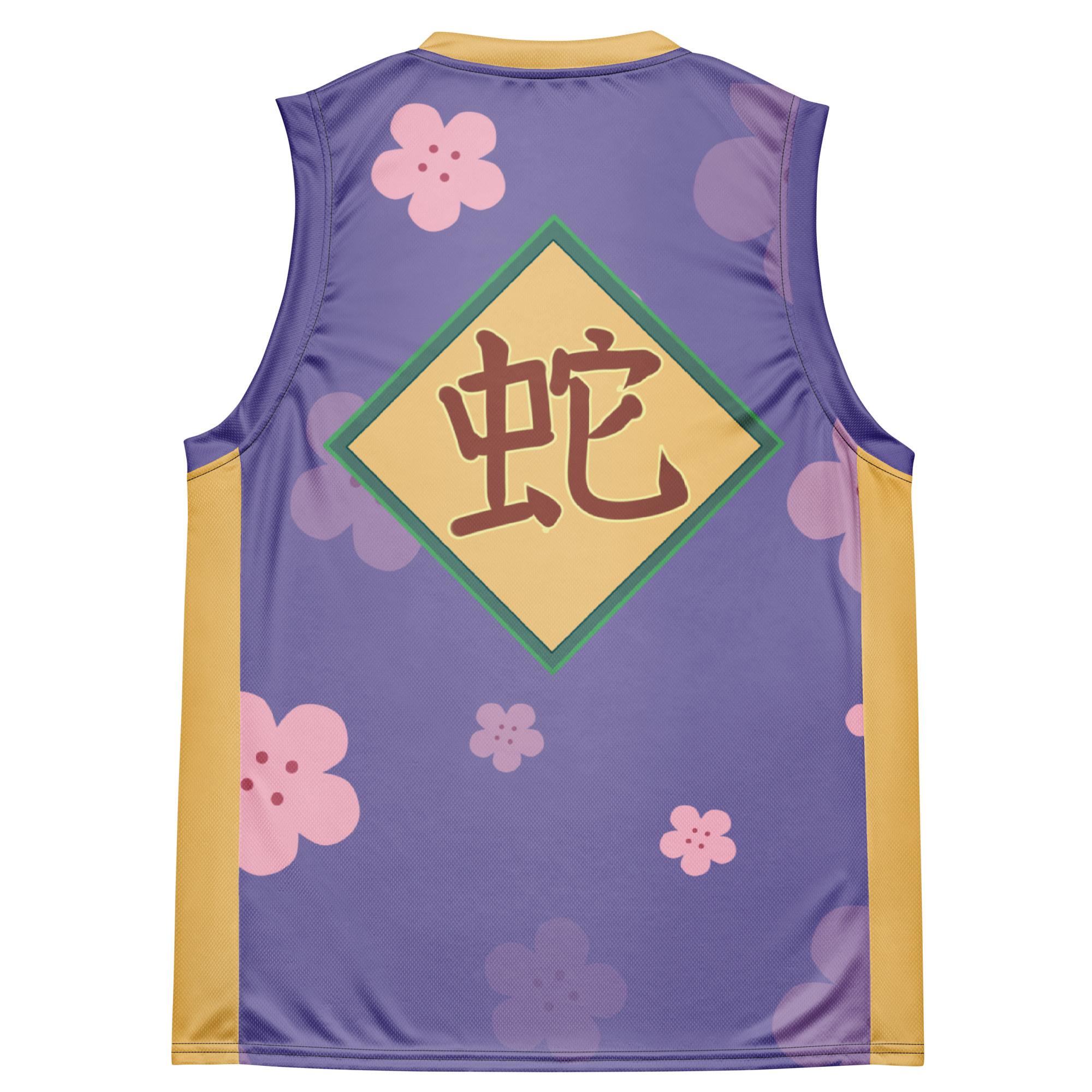
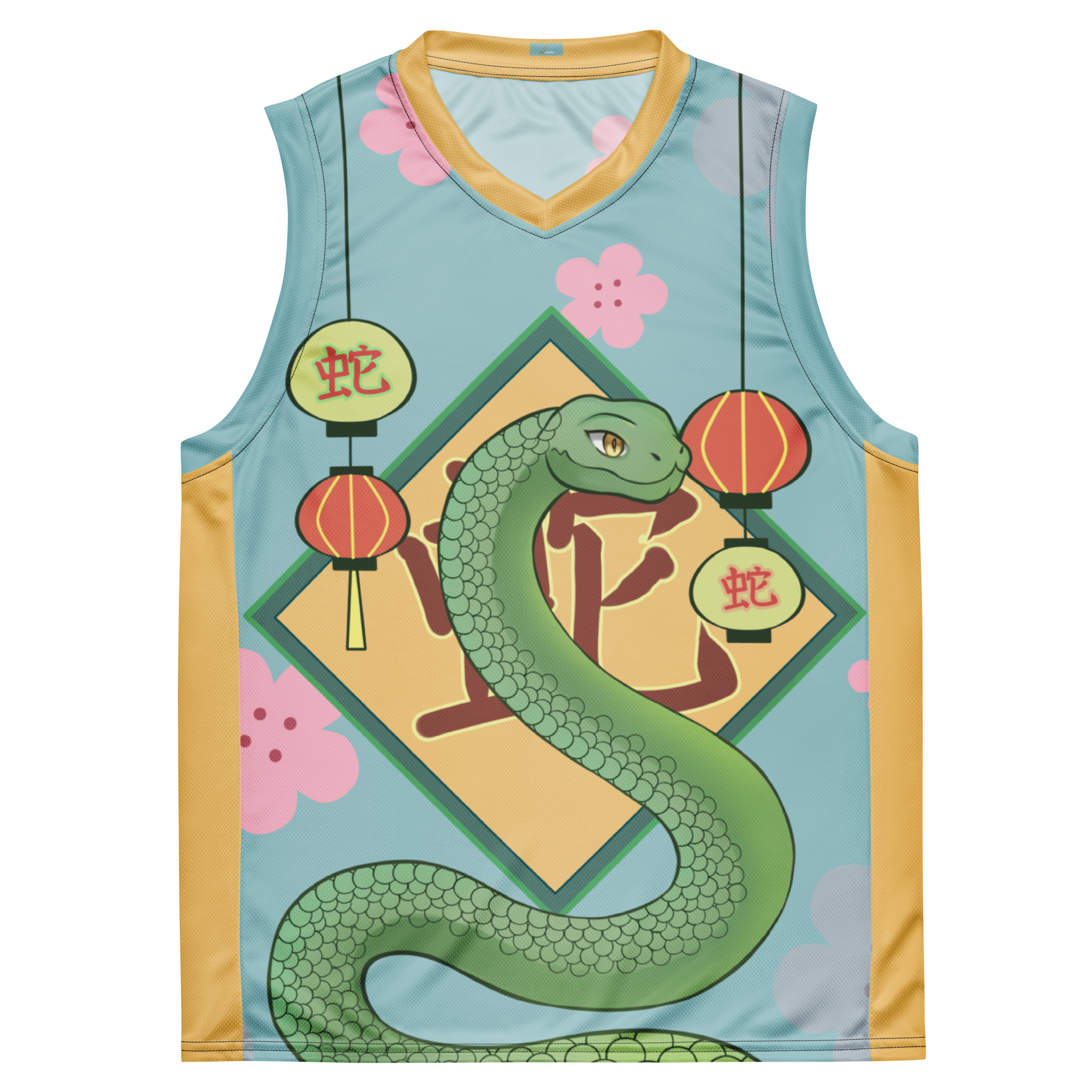
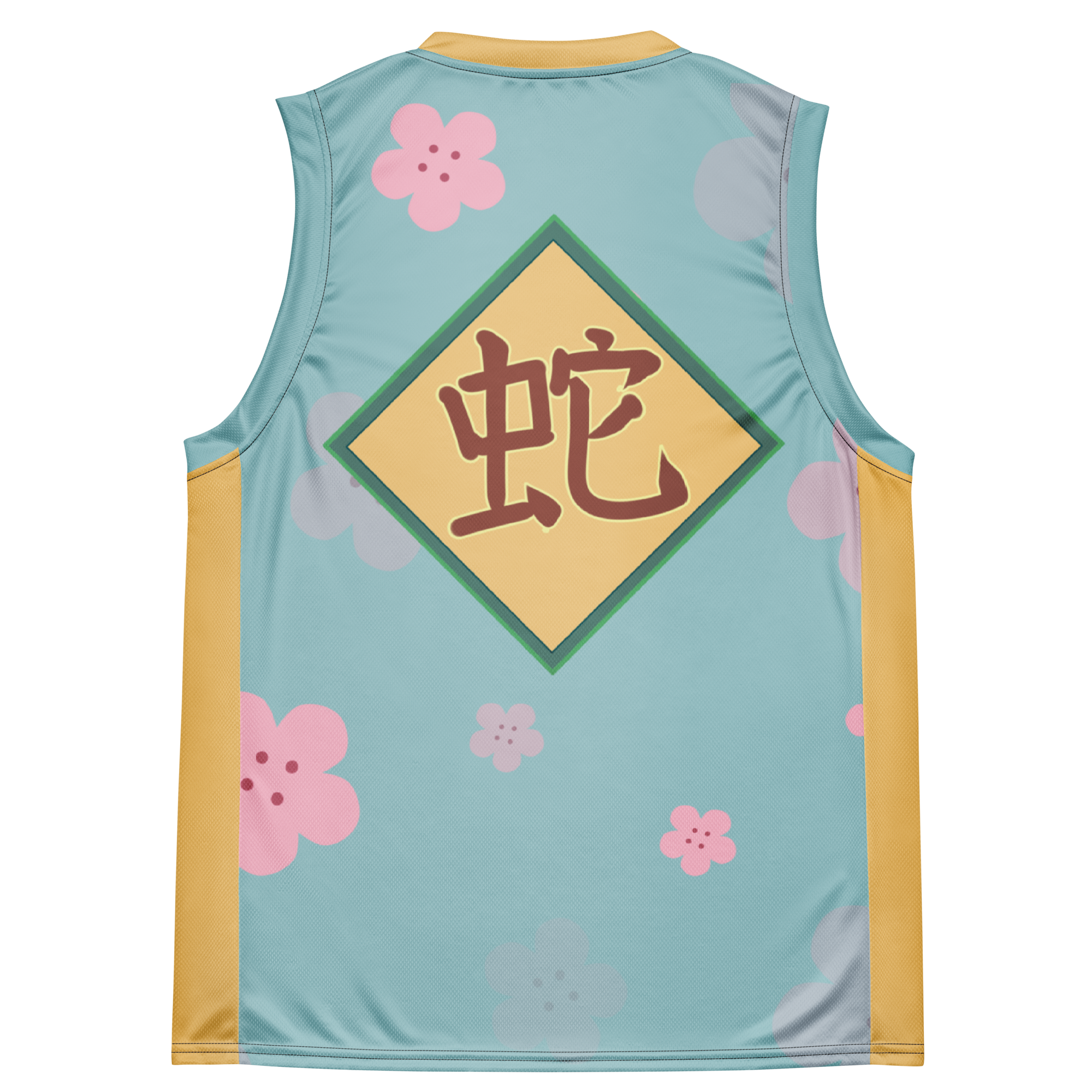
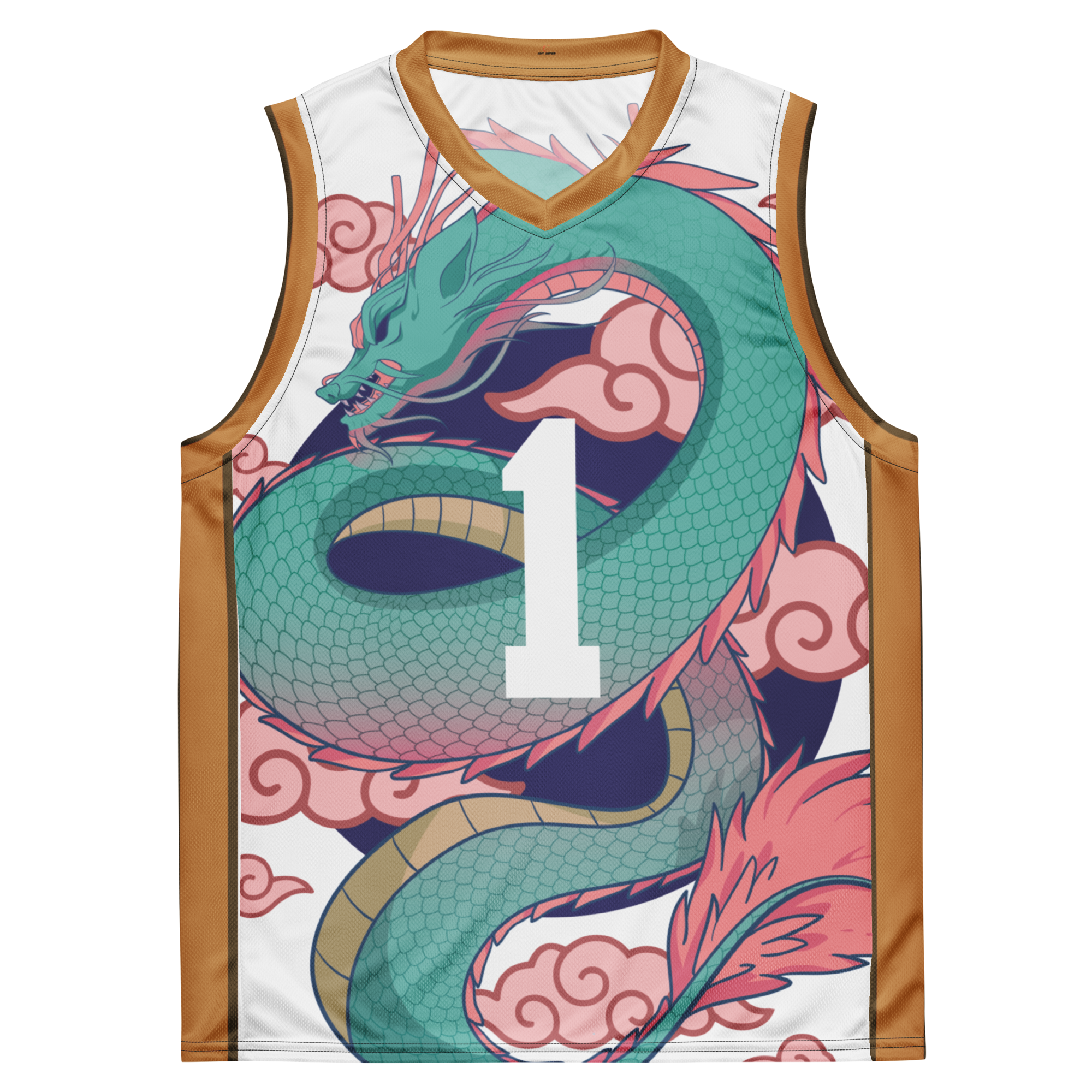
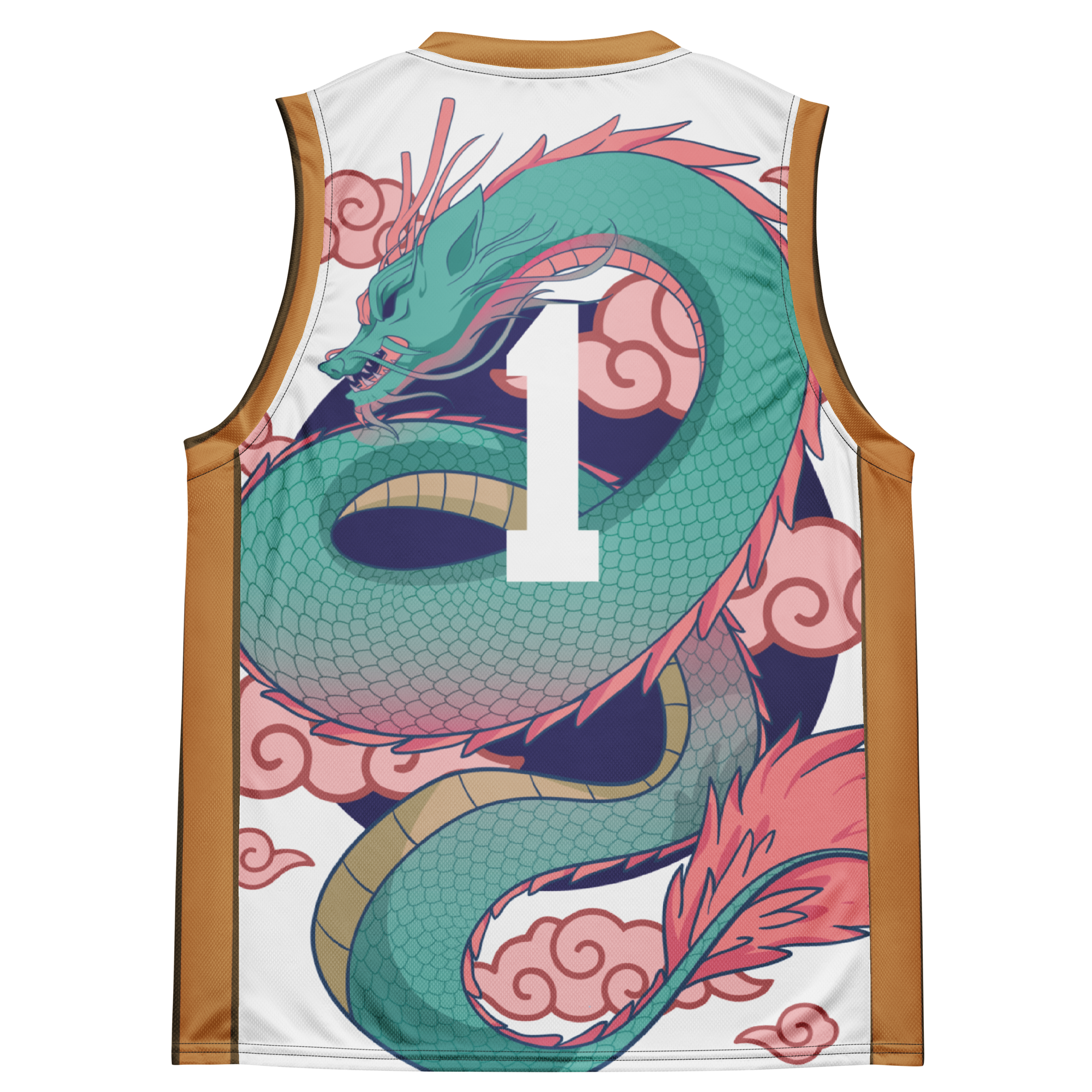
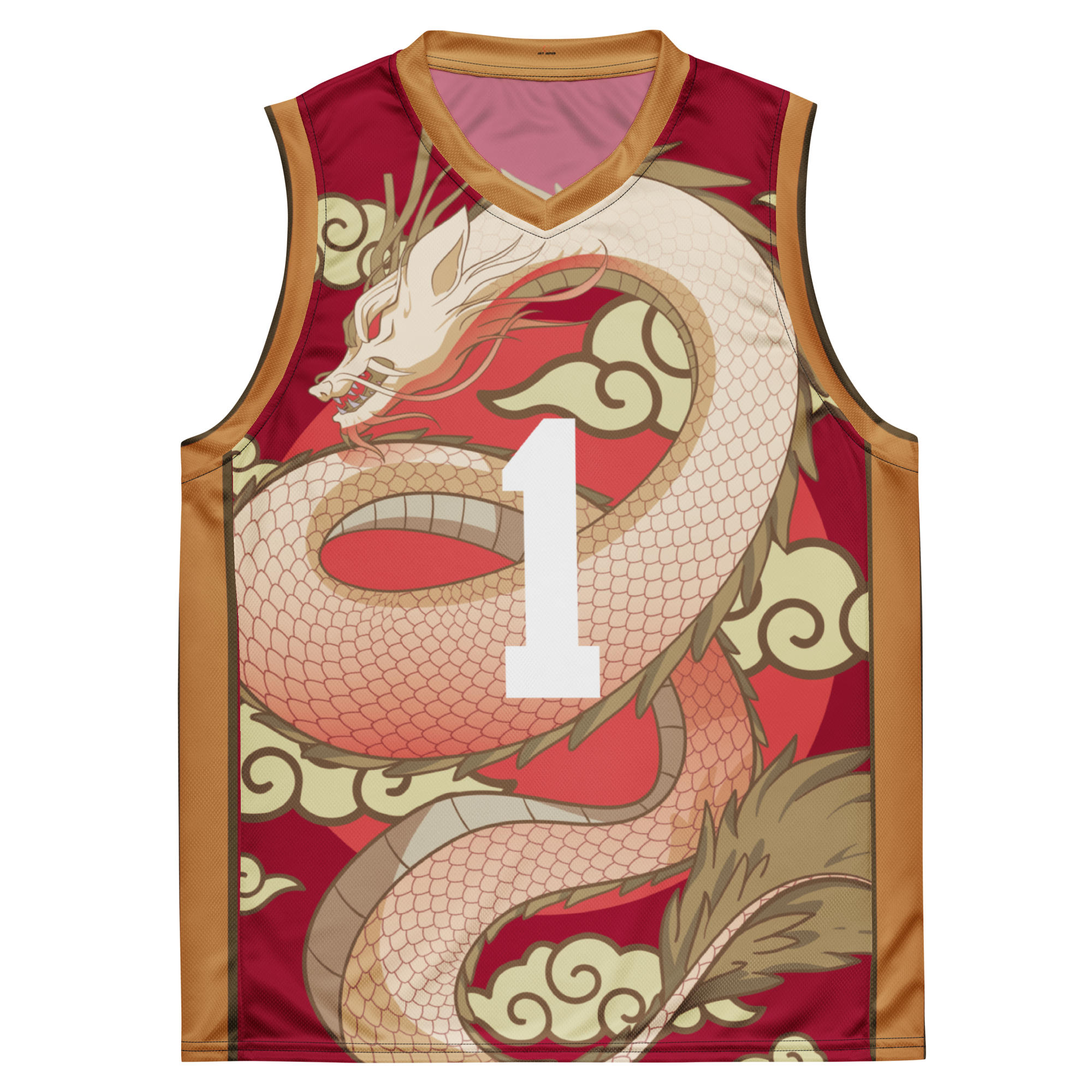
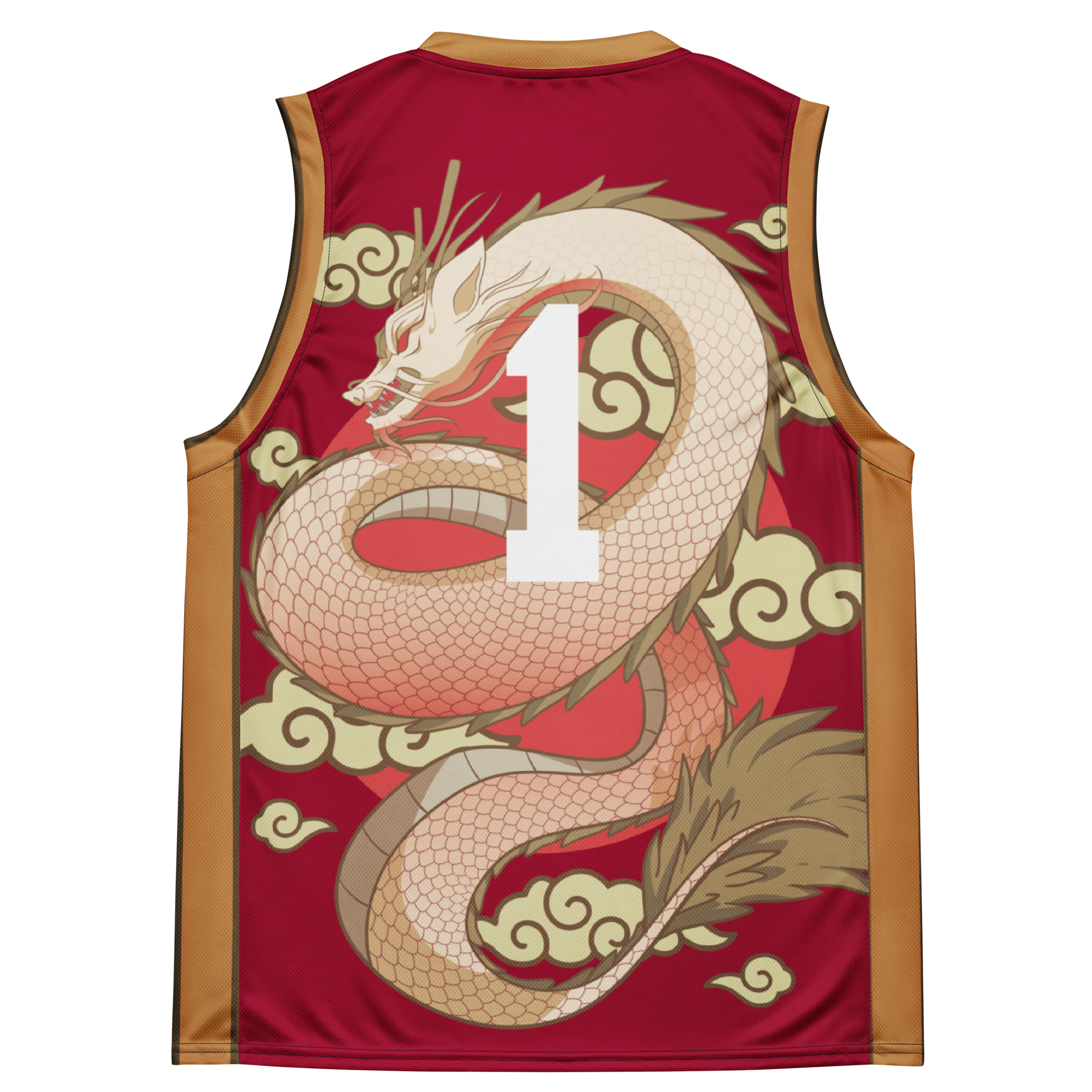
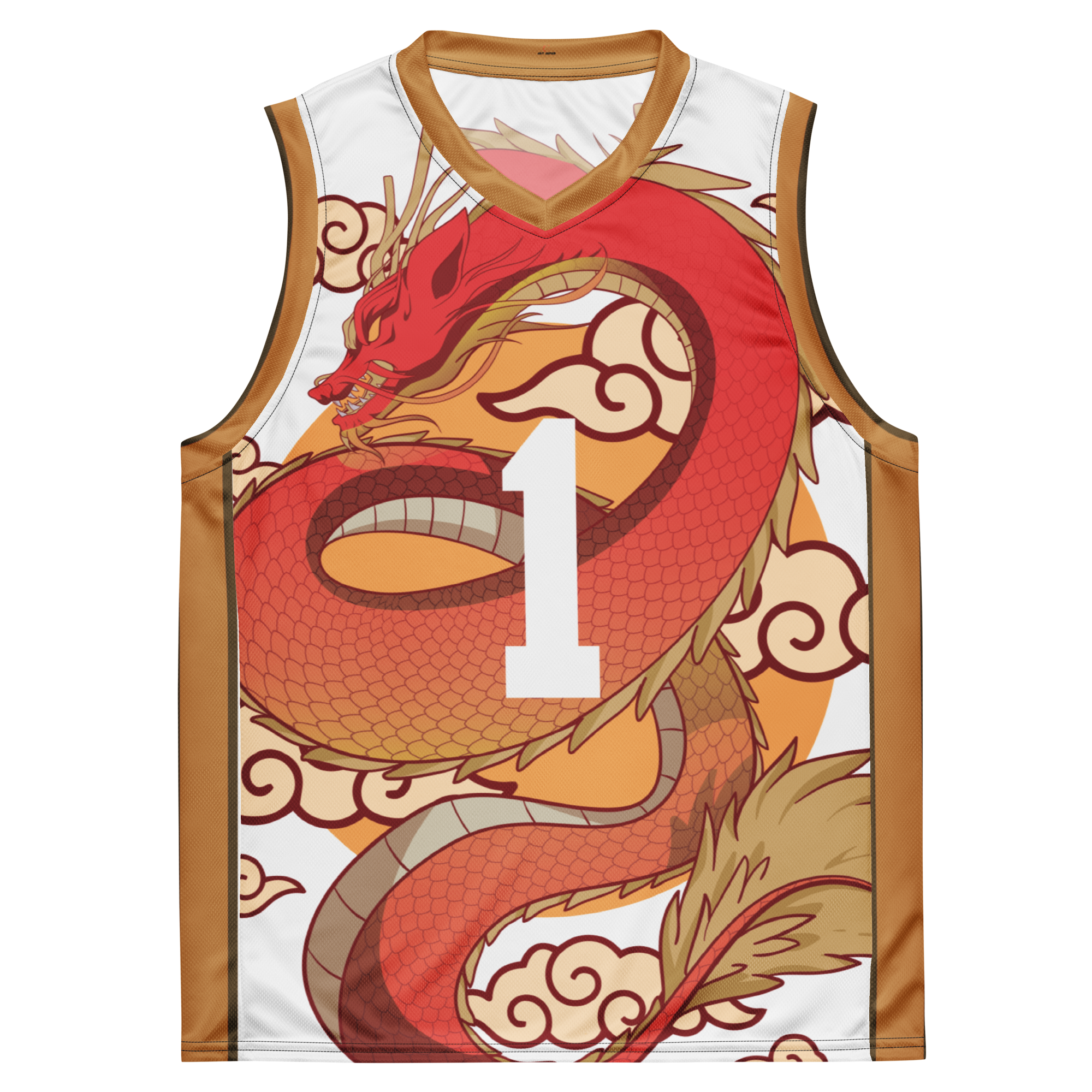
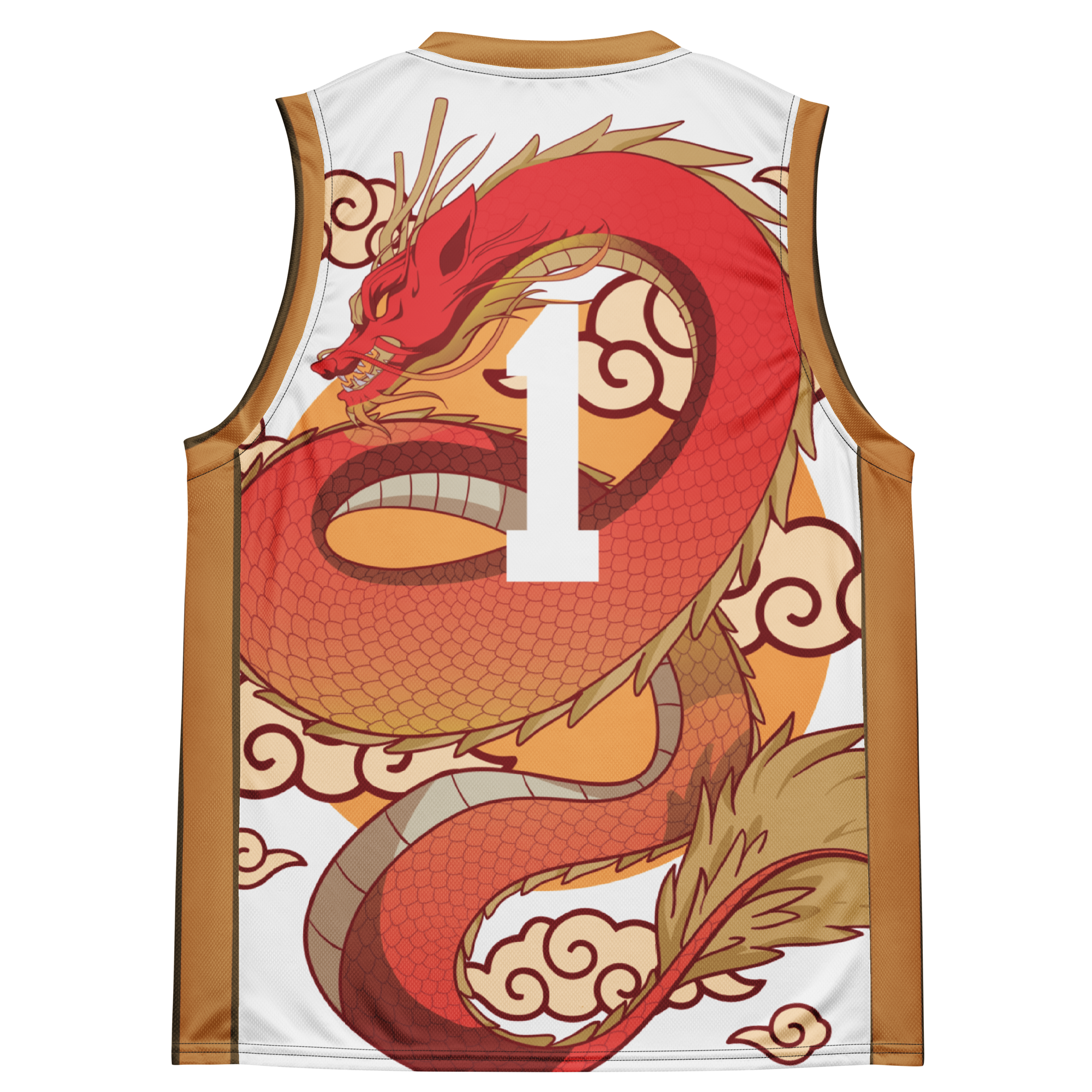

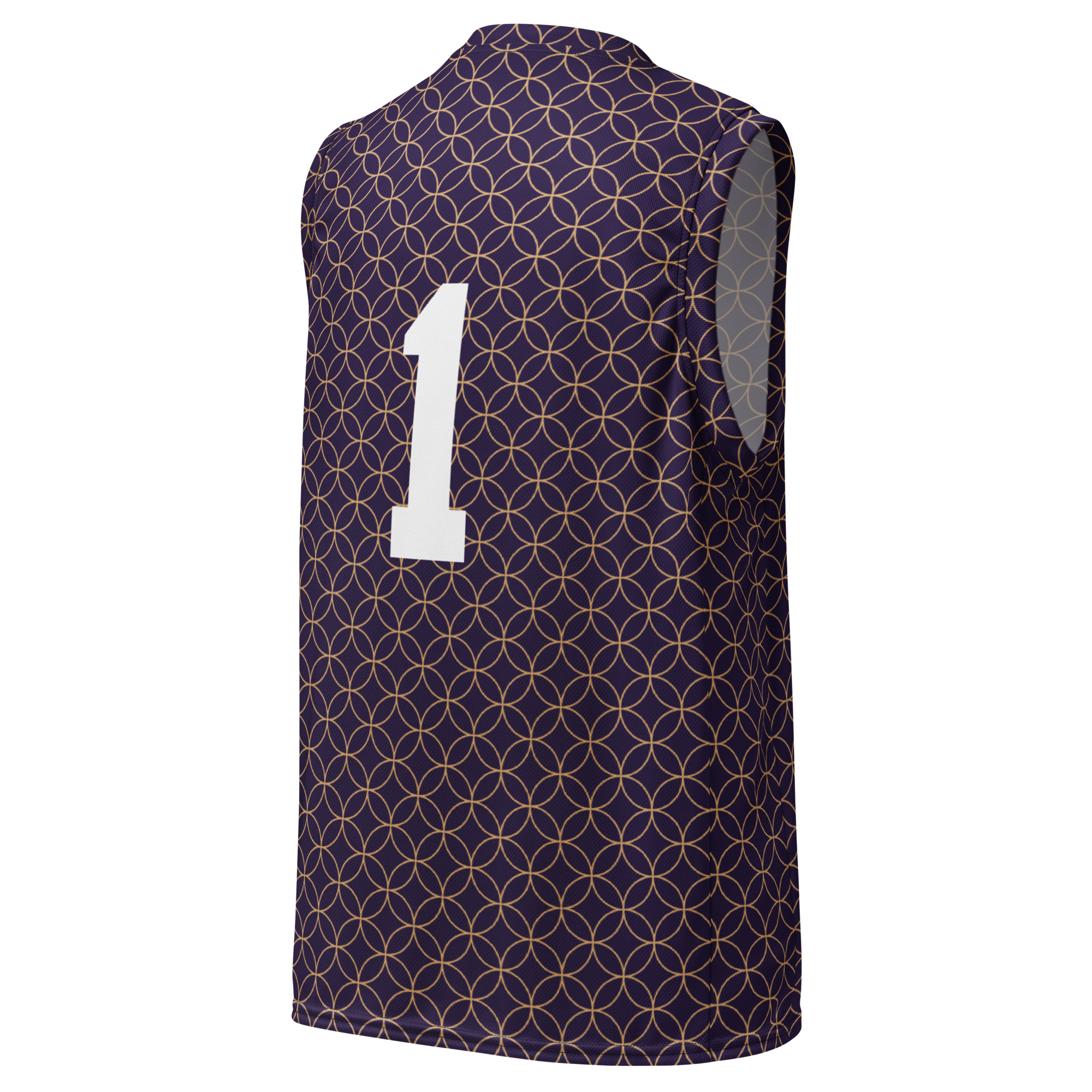
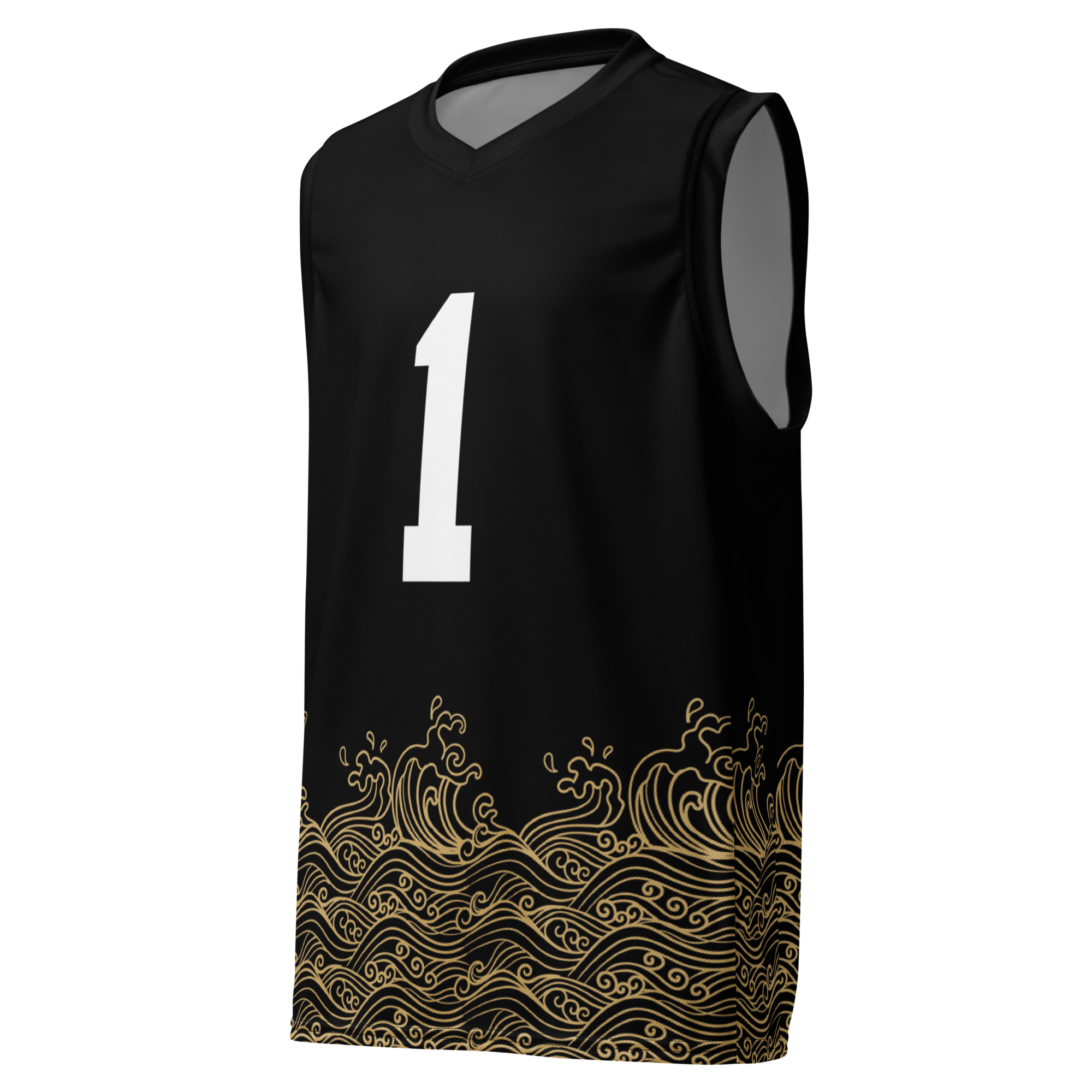
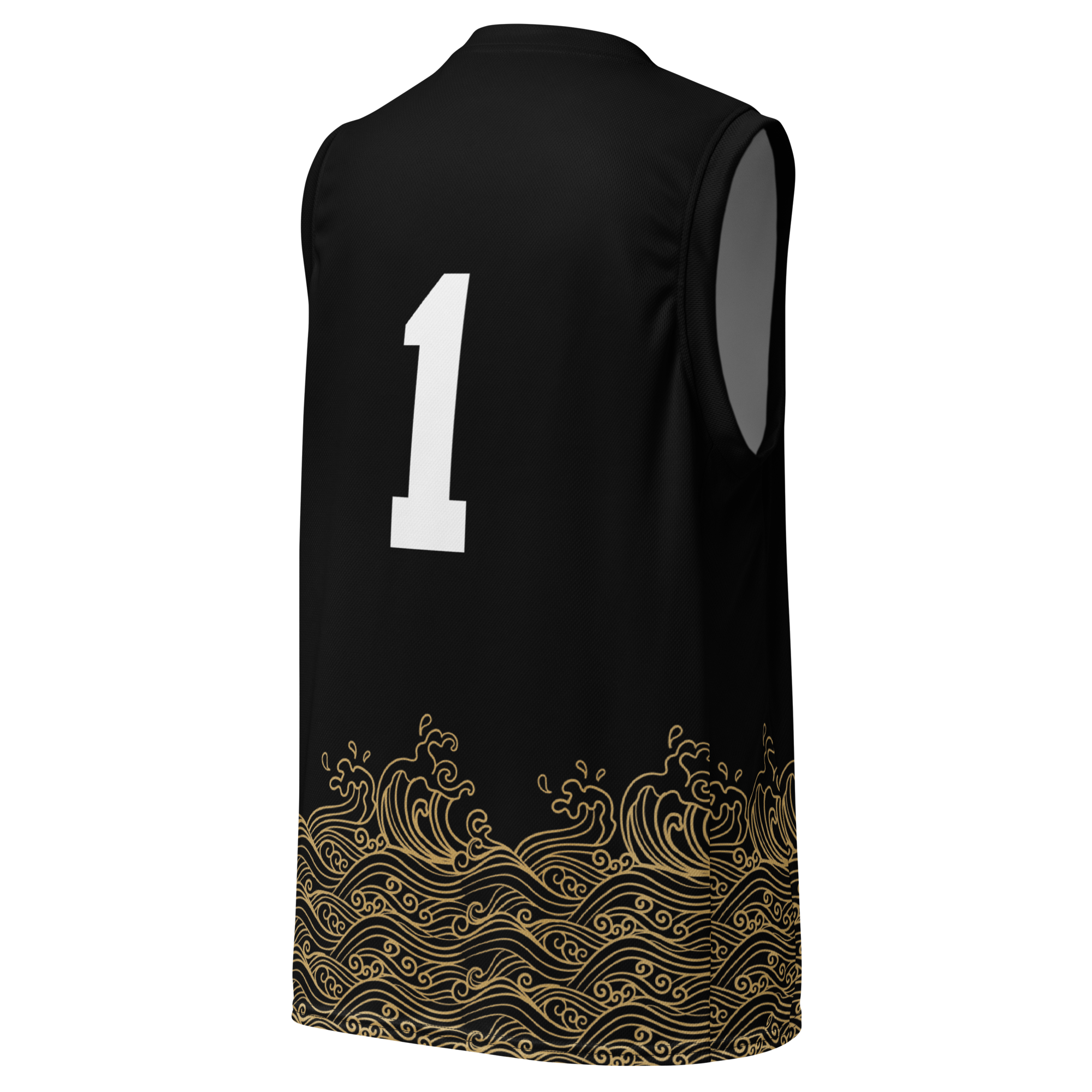
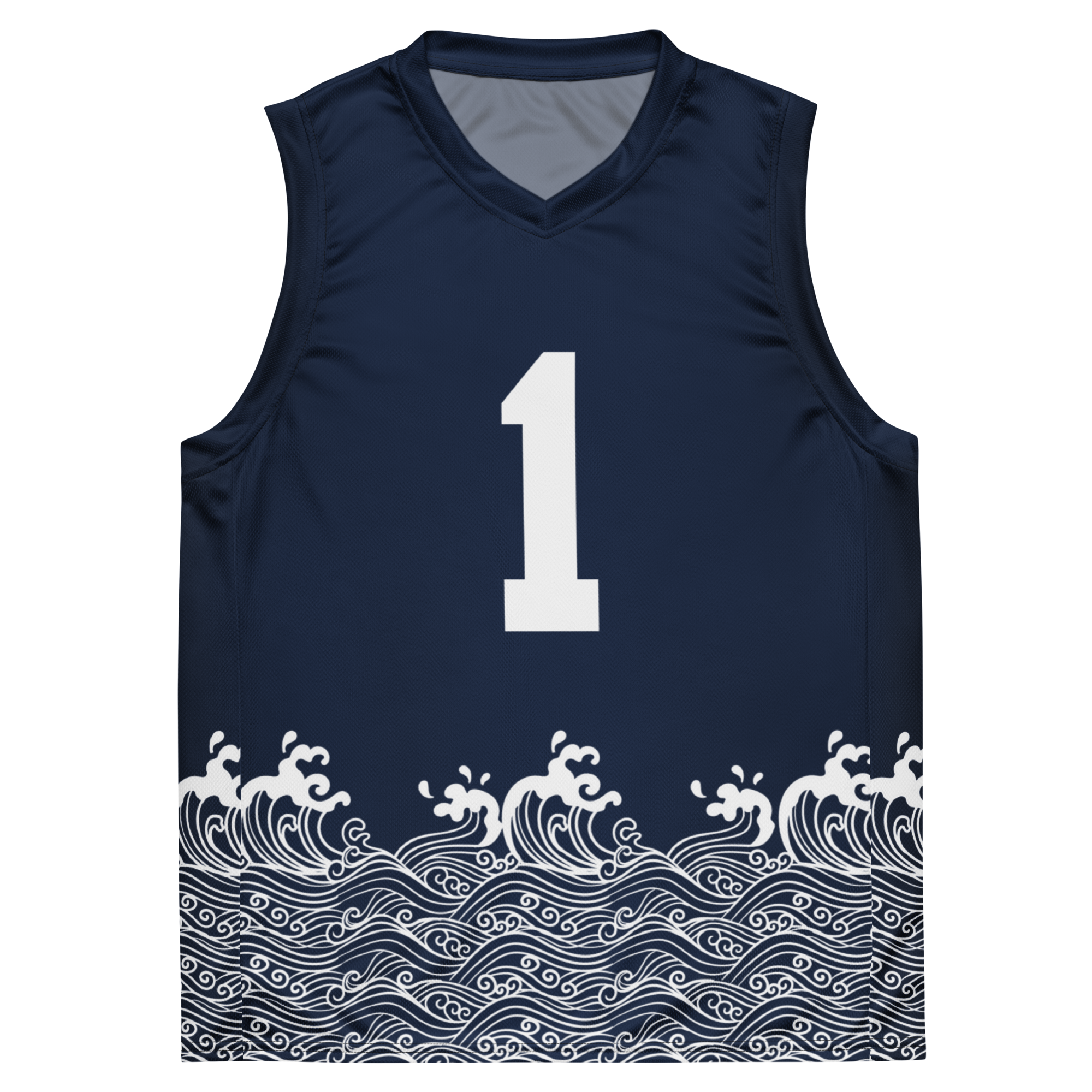
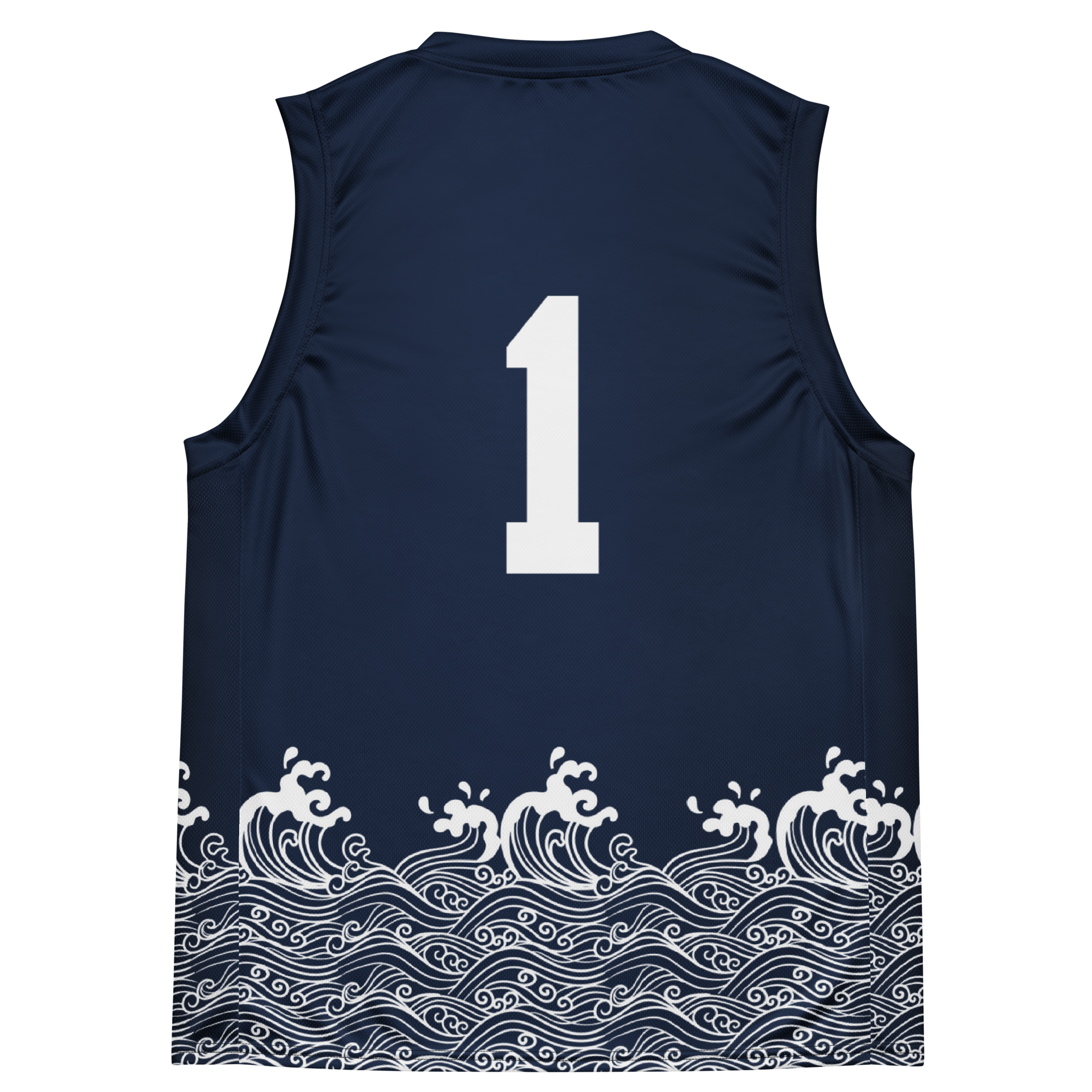
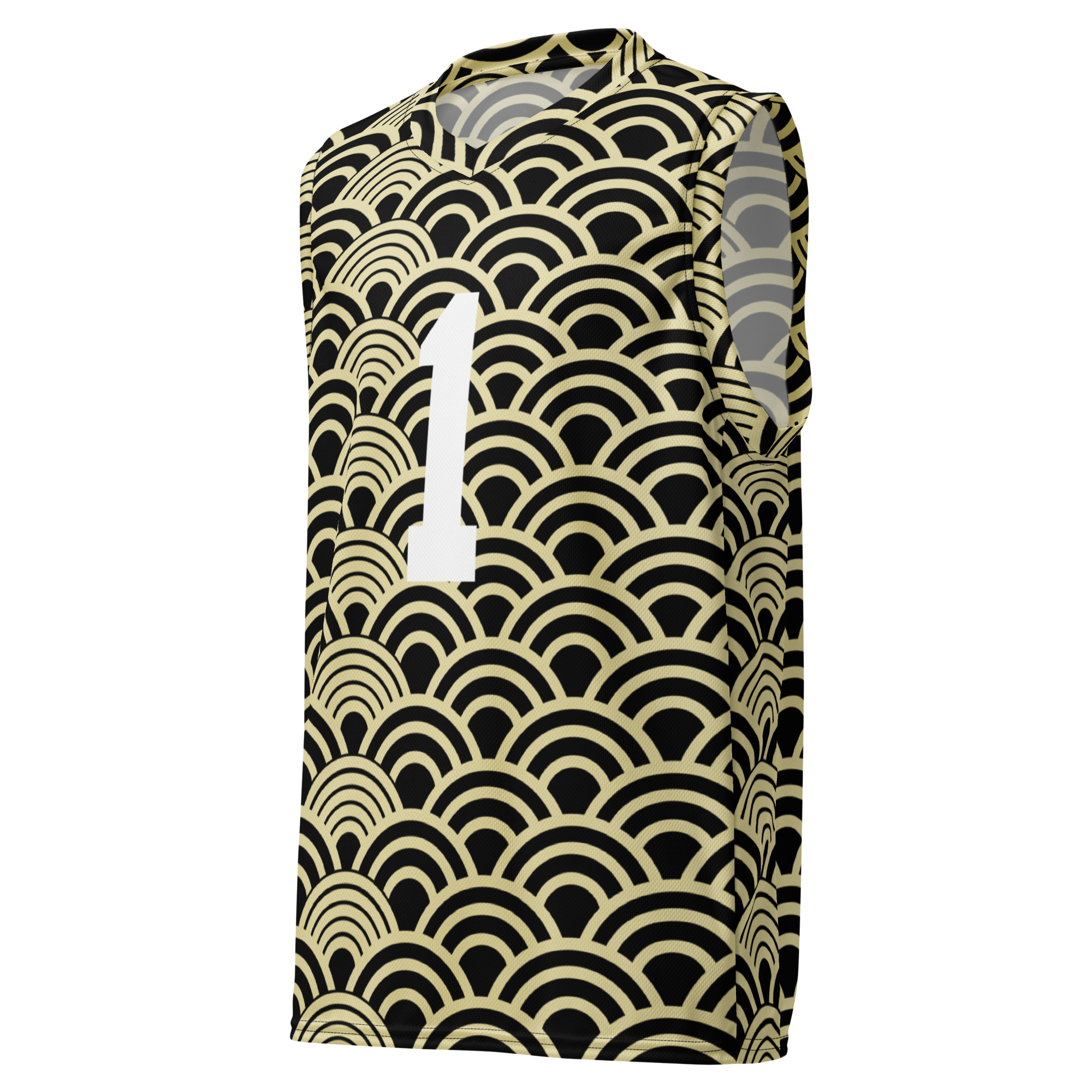

Dejar un comentario